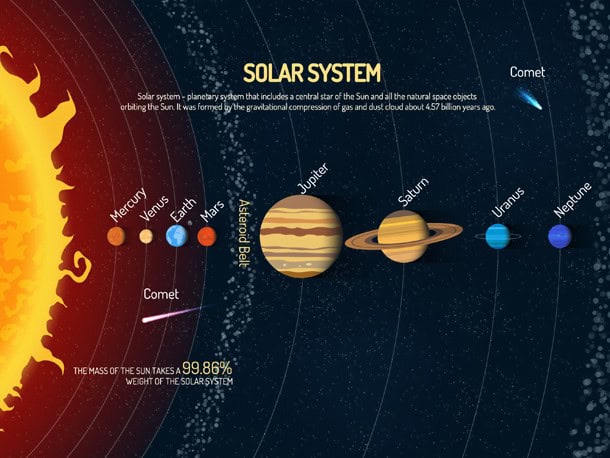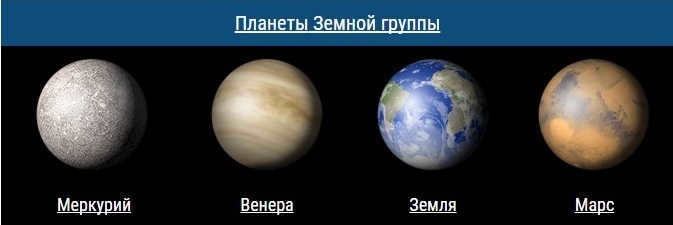Displayed here are authentic visual representations of the planets within our solar system, including the dwarf planet Pluto and one of Jupiter’s moons, Io. These images were captured by spacecrafts and interplanetary stations dispatched by NASA to conduct comprehensive investigations on the planets, moons, their intricate connections, the intricate composition of the solar system, and ultimately the quest for life beyond Earth. Sit back, relax, and indulge in this mesmerizing showcase!
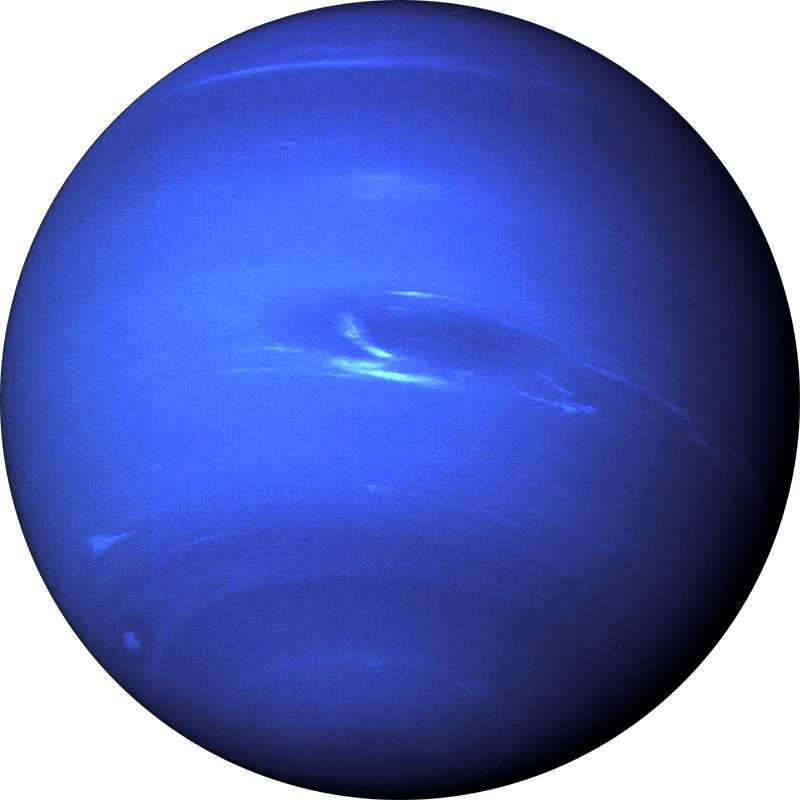
Neptune
The planet Neptune is situated at a great distance from the Sun and is known for its dark and cold environment, as well as its powerful winds. It is primarily composed of hydrogen and helium, and is categorized as one of the gas giants in our solar system. In fact, it is the farthest gas giant from the Sun, being located 4.5 billion kilometers away, which is about 30 times the distance between Earth and the Sun. Due to its vast distance from the Sun, one year on Neptune is equivalent to 165 Earth years. This means that Neptune completed its first year since its discovery in 1846 in the year 2011. As the eighth planet in the solar system, Neptune holds the title of being the fourth largest in terms of diameter and the third largest in terms of mass. With a mass 17.2 times that of Earth and an equatorial diameter 3.9 times that of Earth, Neptune truly stands out among its celestial neighbors. The planet was aptly named after the Roman god of the seas. A photograph of Neptune was captured by the Voyager 2 spacecraft in 1989.
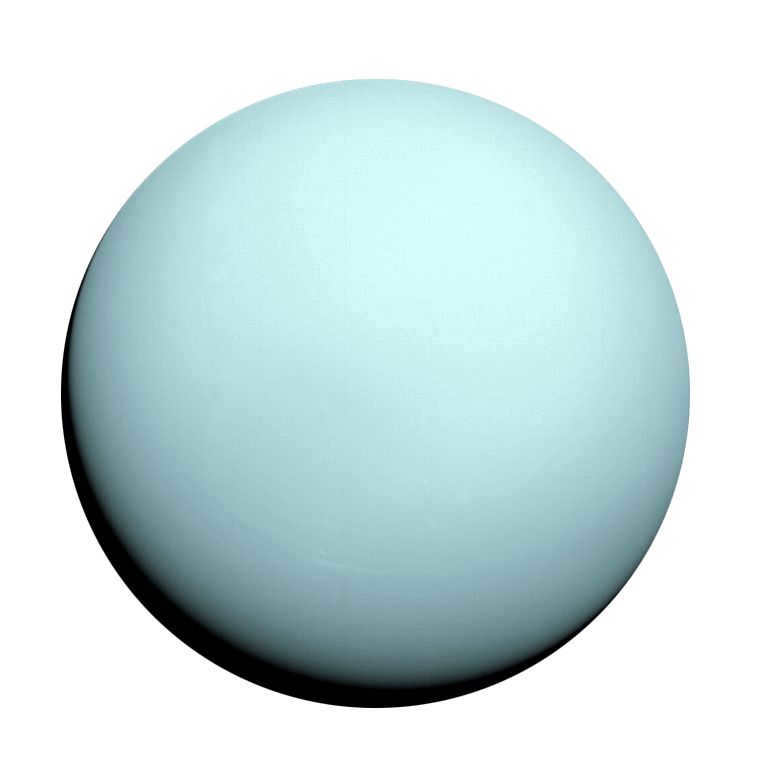
Uranus
Uranus, the seventh planet in our Solar System, holds the distinction of being the third largest in terms of diameter and the fourth largest in terms of mass. It was first observed by the renowned English astronomer William Herschel in 1781 and subsequently named after the Greek god Uranus, who is known as the father of Cronus (also known as Saturn in Roman mythology) and the grandfather of Zeus (known as Jupiter in Roman mythology). Here is an image of Uranus captured by the Voyager 2 spacecraft during its mission in 1986.
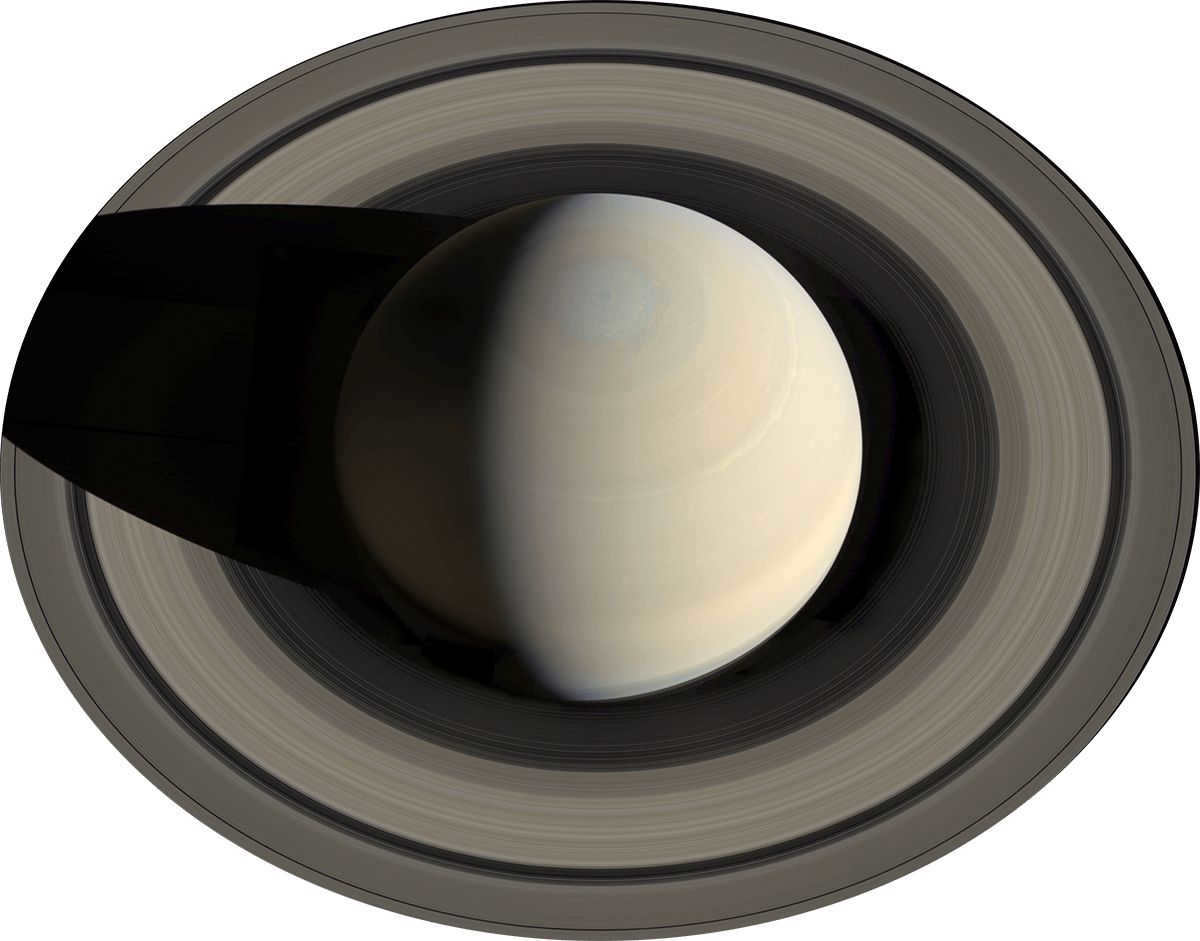
Saturn
Saturn is one of the fascinating planets in our solar system. It is known for its beautiful rings, which make it stand out among the other planets. The rings of Saturn are made up of ice particles, rocks, and dust. These rings give Saturn a unique and mesmerizing appearance.
Saturn is a planet that stands out with its collection of numerous beautiful rings. While all four gas giants in our solar system (Neptune, Uranus, Saturn, Jupiter) have rings composed of ice and rock, Saturn is the only one that showcases such a magnificent display. Similar to the other gas giants, Saturn is primarily made up of hydrogen and helium. It is positioned approximately 1,430 million kilometers away from the sun, which is ten times the distance of Earth. Saturn is also surrounded by a total of 62 known satellites, with the largest one being Titan. In fact, Titan is the second largest satellite in the entire solar system, surpassed only by Ganymede, which belongs to Jupiter. Titan’s size even surpasses that of Mercury, and it is the only satellite in the solar system with a dense atmosphere. The image of Saturn and its rings presented here was composed by Gordan Ugarkovic, an avid follower of the Cassini spacecraft mission, utilizing images captured by NASA’s Cassini spacecraft on October 10, 2013.
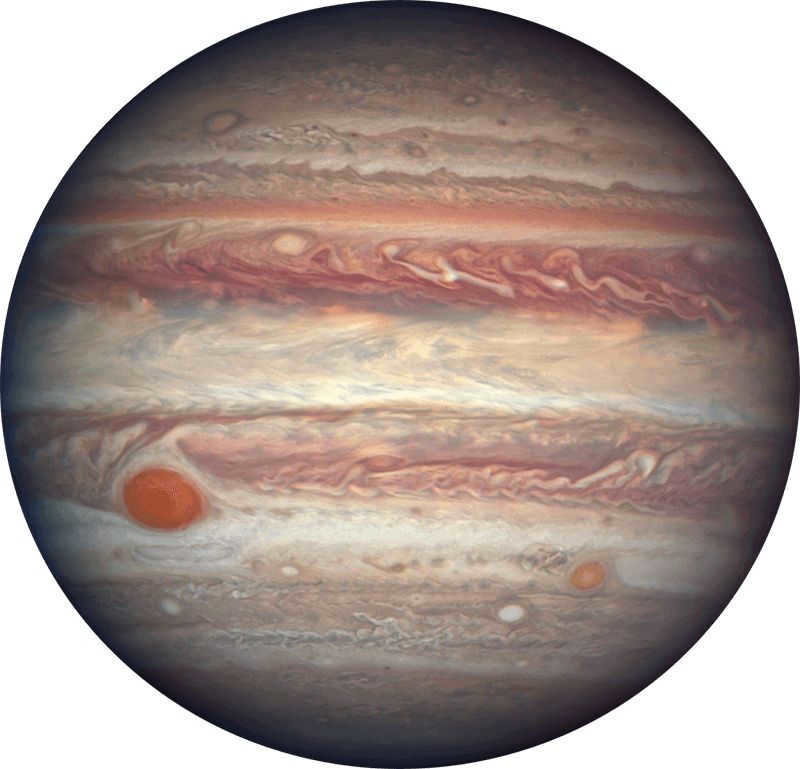
Jupiter
This stunning image of Jupiter was captured by the Hubble Space Telescope on April 3, 2017, when it was at its closest distance to the planet, approximately 668 million kilometers from Earth. The Hubble telescope revealed the intricate patterns of Jupiter’s clouds, including the iconic Great Red Spot and the Lesser Red Spot located in the planet’s southern latitudes.
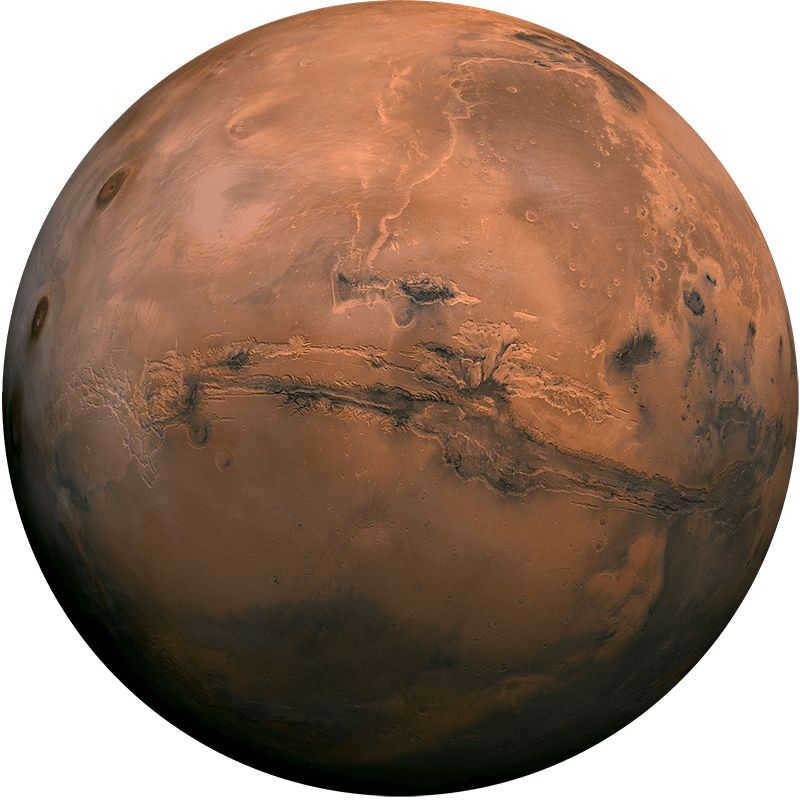
Mars
Mars, the fourth planet from the Sun, is the seventh largest planet in our solar system, following Mercury, Venus, and Earth. What sets Mars apart is its distinctive terrain, which boasts a multitude of unique features. For instance, Mount Olympus, a dormant volcano on Mars, stands as the tallest known mountain among all the planets in our solar system. Additionally, the Mariner Valleys, a colossal canyon, holds the distinction of being the largest known canyon in existence. Stretching across a staggering 4500 kilometers in length (equivalent to a quarter of the planet’s circumference), 200 kilometers in width, and reaching depths of up to 11 kilometers, this canyon system surpasses the renowned Grand Canyon in terms of size. To capture the breathtaking beauty of Mars and its magnificent Mariner Valleys, take a look at this composite photo of the planet.
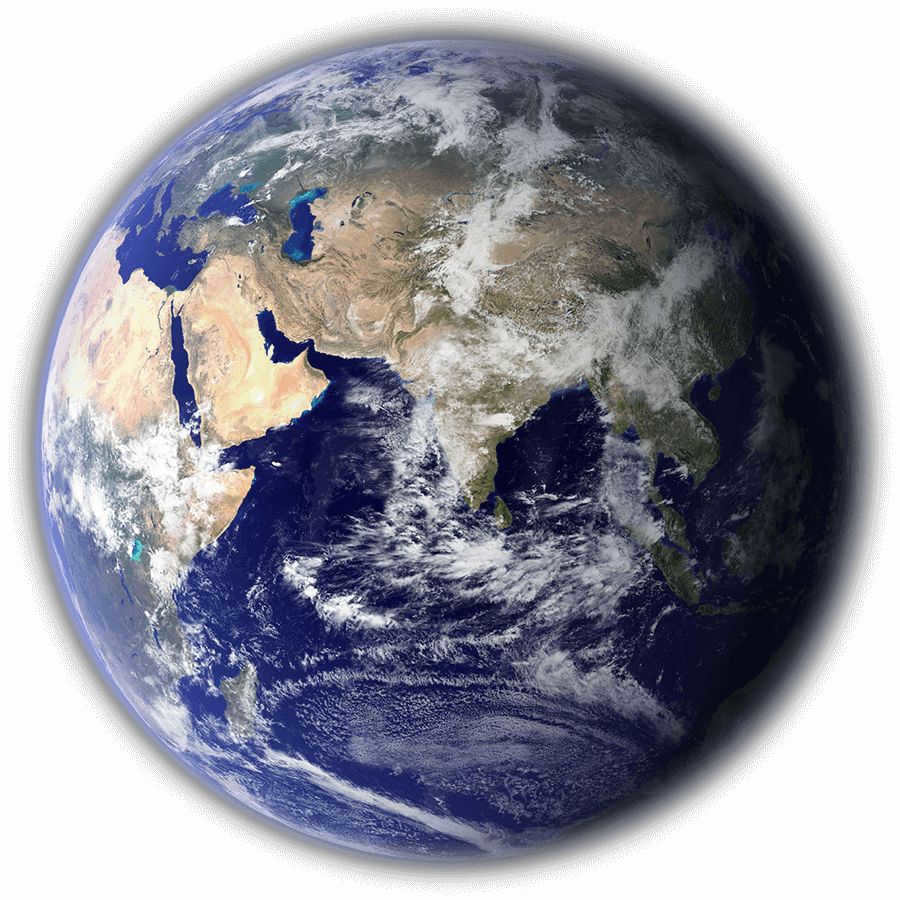
The Planet Earth
The Planet Earth is positioned as the third celestial body from the Sun. Being the fifth largest in terms of size among all the planets in the solar system, it also holds the title for being the largest in diameter, mass, and density among the terrestrial planets. Our entire human population has made this planet its home. The photograph was captured from orbit by NASA.
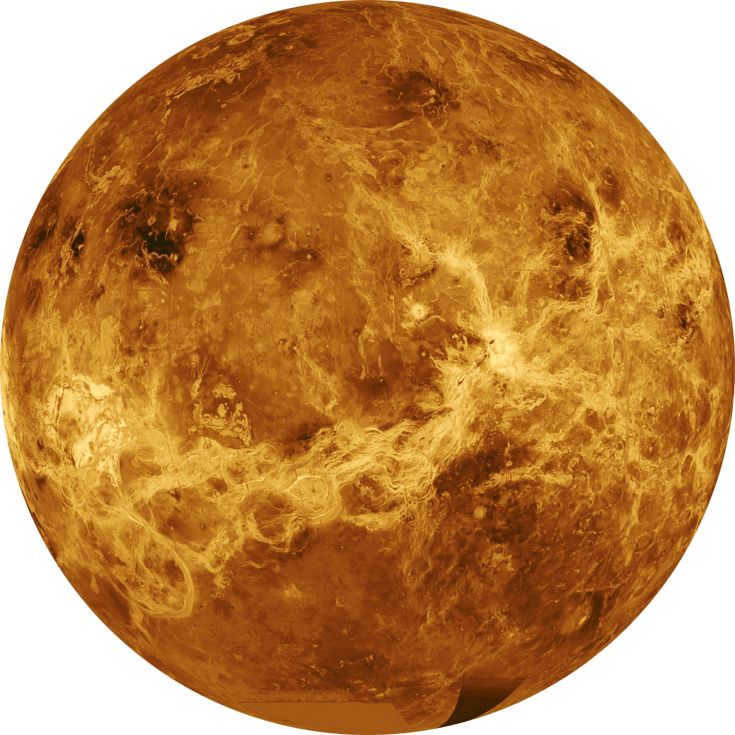
Venus: The Hottest Planet in the Solar System
Venus holds the distinction of being the hottest planet in the entire solar system. According to ancient beliefs, Venus experienced extreme heat that caused its Earth-like oceans to completely evaporate, resulting in a desolate landscape characterized by numerous plate-like rocks. In terms of structure and size, Venus bears a striking resemblance to Earth. However, its thick and toxic atmosphere acts as a heat trap, causing the surface temperature to reach levels that can melt lead. These fascinating characteristics of Venus were captured through photographs taken by the Magellan interplanetary probe.
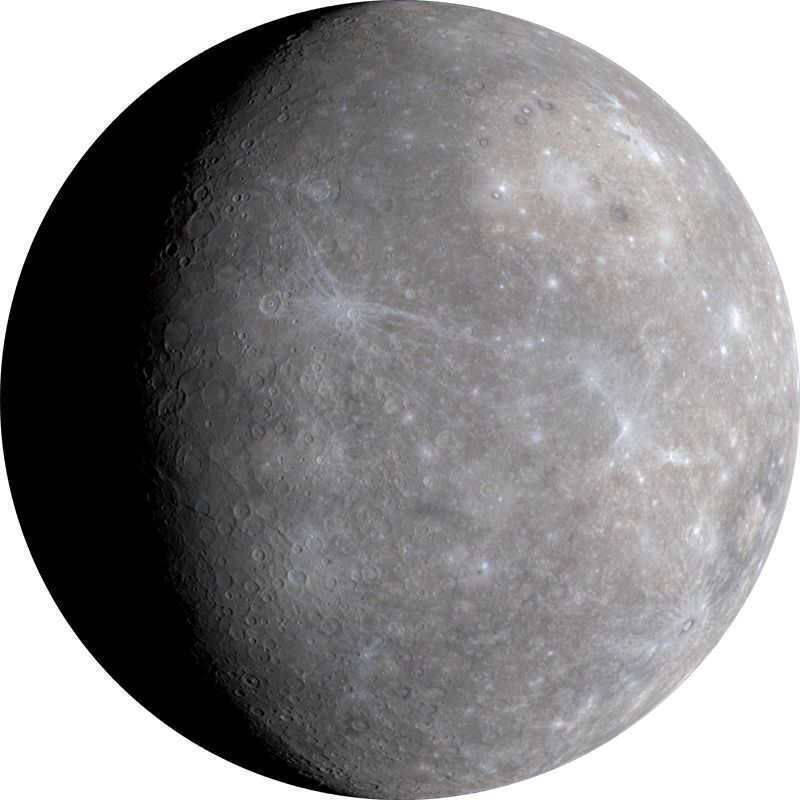
Mercury
Mercury is the planet closest to the Sun in the Solar System. It completes one orbit around the Sun in 88 Earth days. A sidereal day on Mercury lasts 58.65 Earth days, while a solar day lasts 176 Earth days. The planet is named after the swift-footed ancient Roman god of commerce, Mercury, due to its fast movement across the sky compared to other planets. Mercury belongs to the group of terrestrial planets. Following Pluto’s reclassification as a dwarf planet in 2006, Mercury became the smallest planet in the solar system. This image was captured by the Messenger spacecraft.
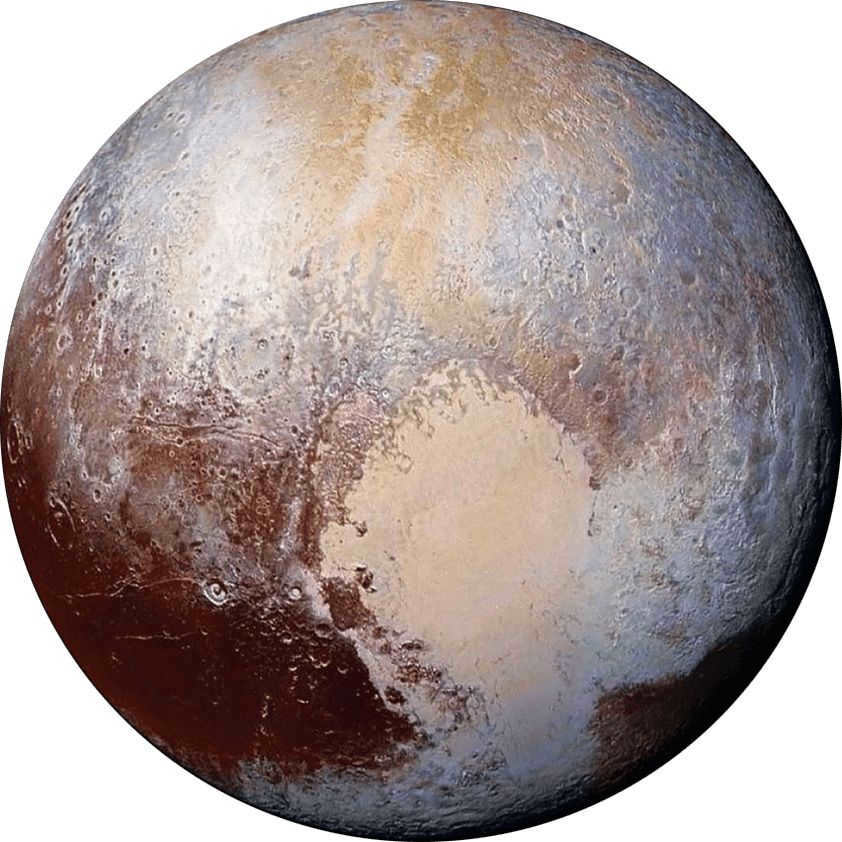
Pluto
Pluto, the largest known dwarf planet in the Solar System, is a trans-Neptunian object (TNO) and the tenth most massive celestial body that orbits the Sun. It is ranked after the eight planets of the Solar System and Eridas. Initially classified as a classical planet, Pluto is now considered a dwarf planet and the largest entity in the Kuiper Belt. On July 14, 2015, a color image of Pluto was captured by the New Horizons Automated Interplanetary Station from a distance of 450,000 km.
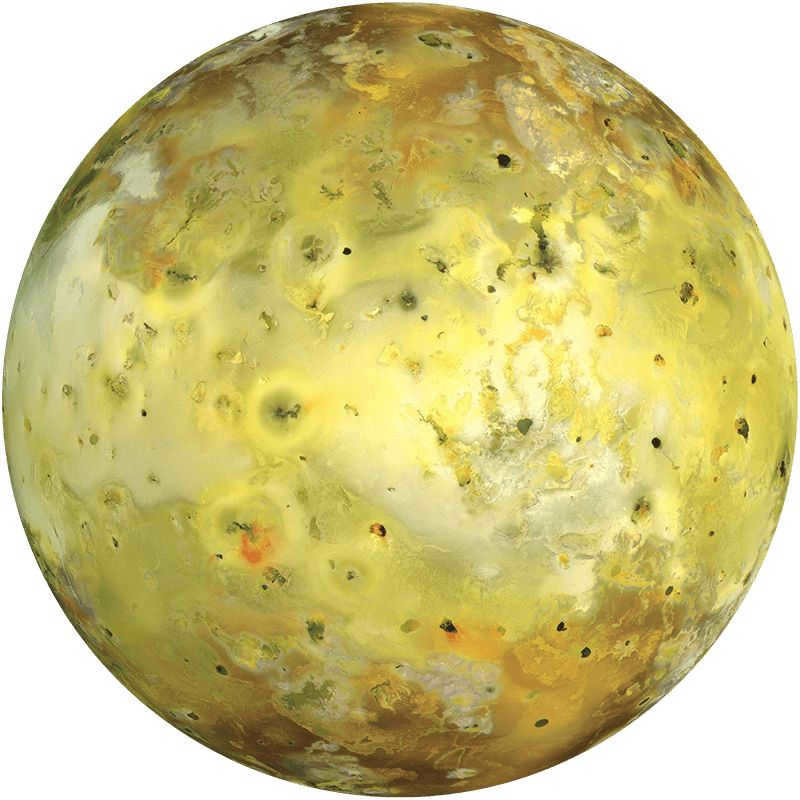
Io
This is an image of Io taken by the Galileo spacecraft in 1999. The presence of a yellowish hue indicates a high amount of sulfur. The dark spot located to the left of the center is the Prometheus volcano, which is currently erupting. Surrounding the volcano are light-colored plains covered in sulfur oxide. Despite Io being a moon of Jupiter and not a planet, it is still an incredibly unique celestial body that deserves recognition.
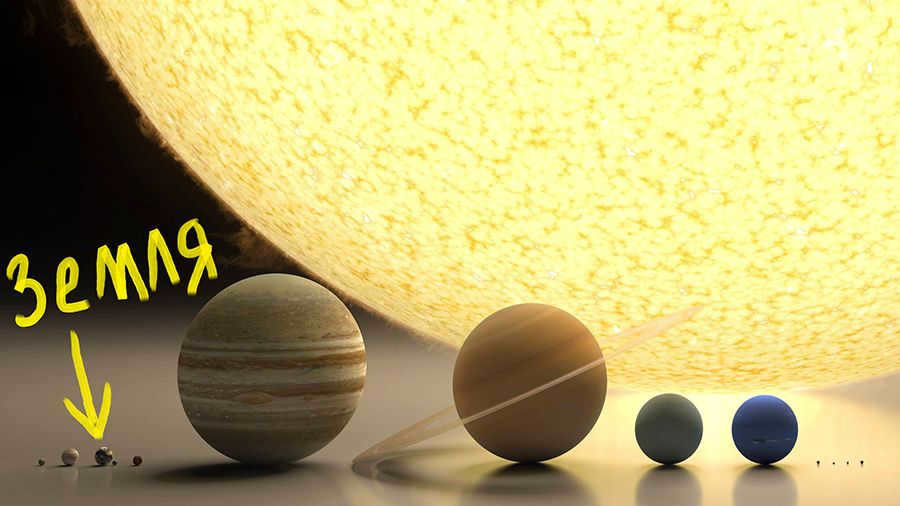
The planet Earth is a minuscule speck in the vast expanse of the universe. To help comprehend the scale and appreciate the sizes of celestial bodies and the vast distances between them, let’s imagine shrinking the Earth to the size of an orange. By doing so, we can gain a better understanding of our place in the cosmos.
One of the closest objects in space to Earth is the Moon. In this scaled-down representation, the Moon would be about the size of a cherry. And the distance from our “orange” Earth to this small “cherry” Moon would be approximately 3 meters. So, in the immense emptiness of space, our small blue and warm Earth is surrounded by a tiny cold stone, resembling a cherry, orbiting just 3 meters away….
The two nearest planets to us are Venus and Mars: Venus, being closer to the Sun, will be just slightly smaller than the Earth’s “orange”, while Mars, being farther away from the center of the solar system than we are, will be almost twice as small. Therefore, even at such a scale, the distances to them will still be quite significant – 300 meters from Earth to Venus and 440 meters to Mars. Just imagine: these small “fruits” – Earth, Mars, and Venus – moving in their orbits in the vast black emptiness of space, with the minimum distance between them being hundreds of meters.
Unfortunately, Roscosmos, currently headed by Dmitry Rogozin, has effectively ceased its missions to explore the planets of our solar system. Prior to Rogozin’s tenure, there was an ambitious endeavor to launch the Phobos-Grunt spacecraft towards the Martian moon, but unfortunately, it experienced a catastrophic failure and crashed into the Earth’s ocean. This article recounts the ill-fated mission of the “Phobos–Grunt“.
Recently, our esteemed Rogozin inadvertently disclosed that Russian cosmonauts aboard the International Space Station (ISS) engage in military activities, among other duties. In contrast, NASA of the United States focuses solely on peaceful, scientific, and international exploration of distant planets.
Below, you will find the planets of our solar system listed in order of their distance from the sun. These celestial bodies comprise our magnificent solar system. This article will not feature extensive textual information, statistics, or anecdotes. Instead, it will showcase images of the celestial objects that orbit the sun.
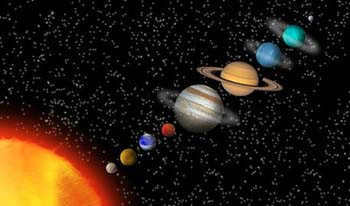
Just like individuals remember the order of the colors of the rainbow using the mnemonic phrase: “Every Hunter Wants to Know Where the Pheasant Sits”. In a similar fashion, a phrase has been coined to remember the positioning of the planets in the solar system in relation to the Sun: “We all know Julia’s mom sat down in the morning for a pill” – Mercury, Venus, Earth, Mars, Jupiter, Saturn, Uranus, Neptune, Pluto.
This collection of billions of stars and planets is referred to as the “Milky Way”. Our Galaxy spans a length of 100,000 light years and has a width of 90,000 light years.
The Solar System’s Star

1. The planet Mercury

The initial planet orbiting the Sun, Mercury does not possess any natural satellites.
2. Venus Planet
The second planet from the Sun, Venus likewise lacks any satellites.
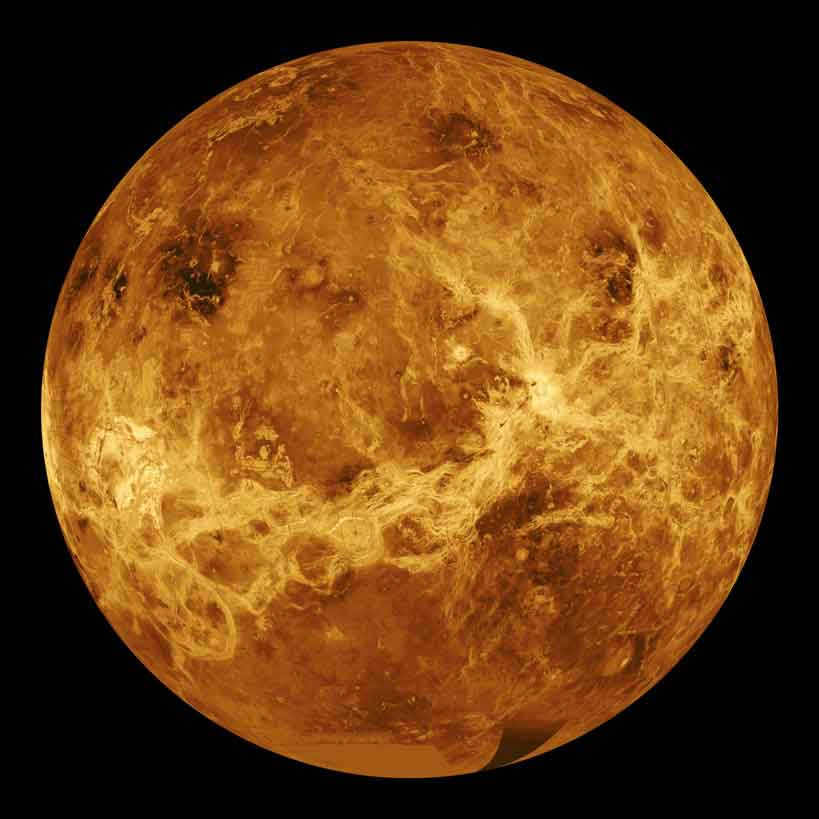
This is the image of Venus captured by the Hubble telescope.
3. Planet Earth.
It is the third planet from the Sun, often referred to as the “blue marble”. Earth is the center of life in our solar system.
The Moon orbits around Earth and serves as its only natural satellite.
4. Planet Mars
Mars, also known as the red planet, is positioned as the fourth planet in our solar system.
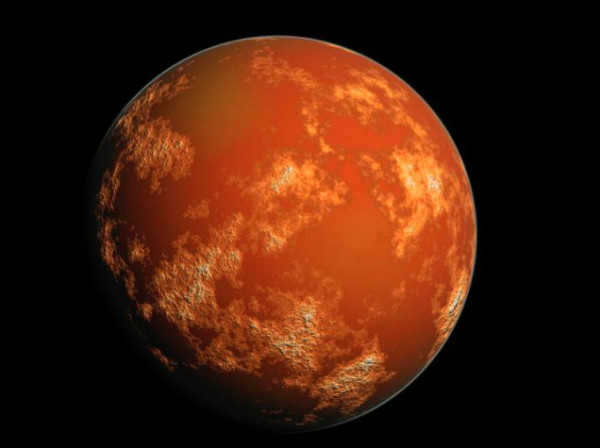
A probe equipped with a camera has successfully landed on Mars, which has provided us with a vast collection of photographs from space and the Martian surface.
The view of Earth from Mars during the night is awe-inspiring, as it depicts the entirety of humanity in just a few pixels.
Mars is orbited by two satellites known as Phobos and Deimos.
Scientists have long been discussing the possibility of terraforming Mars in the future, as it is regarded as the most Earth-like planet in the solar system.
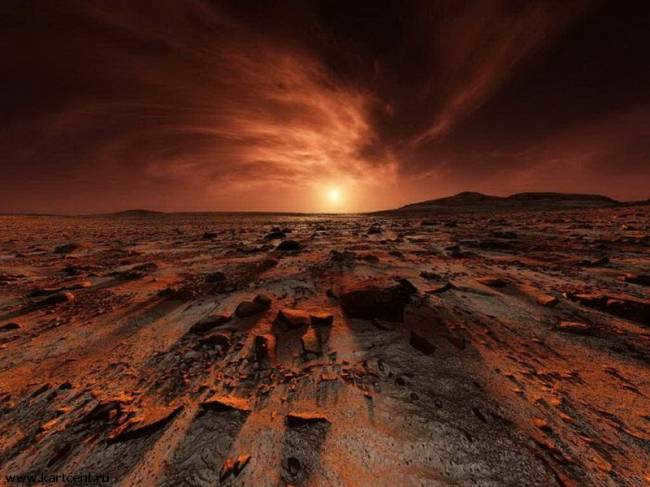
If Mars were equipped with a breathable atmosphere, it would have the necessary pressure to sustain human life and would also experience weather and climate conditions similar to those on Earth. This means that it could have rain, just like in certain tropical regions. Additionally, the creation of an atmosphere would result in the formation of oceans and the growth of vegetation in valleys and mountains.
Learn more about the properties of water and water vapor.
The following 5 images are computer-generated representations of how Mars would appear from space if it had a breathable atmosphere.
5. Jupiter: The Largest Gas Giant in our Solar System
Jupiter, the fifth planet from the sun, stands out as the largest gas giant in our solar system.
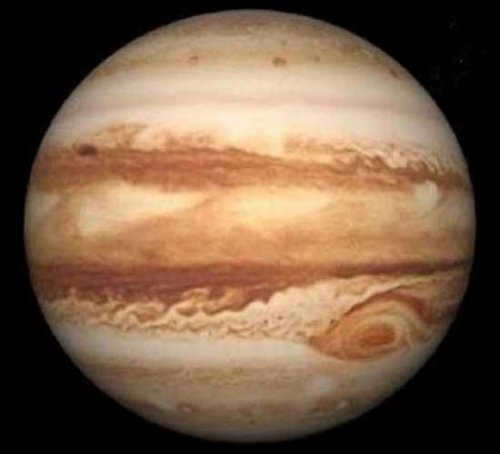
The shadow on the surface of the planet, seen as a black dot on the lower left side, is caused by Europa, one of Jupiter’s satellites.
Jupiter is orbited by a total of 16 satellites, although only 4 of them, namely Io, Europa, Ganymede, and Callisto, are large enough to be clearly photographed. The remaining 12 moons are small asteroids that are too tiny to capture in detail. These 12 smaller moons are known as Adrastea, Thebes, Leda, Himalia, Lysithea, Elara, Ananke, Carme, Pasiphae, and Sinope.
Below are images showcasing Jupiter’s four largest moons: Io, Europa, Ganymede, and Callisto.
6. The Saturn Planet
The gas giant known as Saturn is the sixth planet from the sun, and it lacks a solid surface.
Saturn boasts a total of 14 satellites, although some of them are too minuscule to capture in a photograph. Additionally, other images of these satellites are not of sufficient clarity to be included here. As a result, below you will find a diagram depicting the various satellites orbiting Saturn.
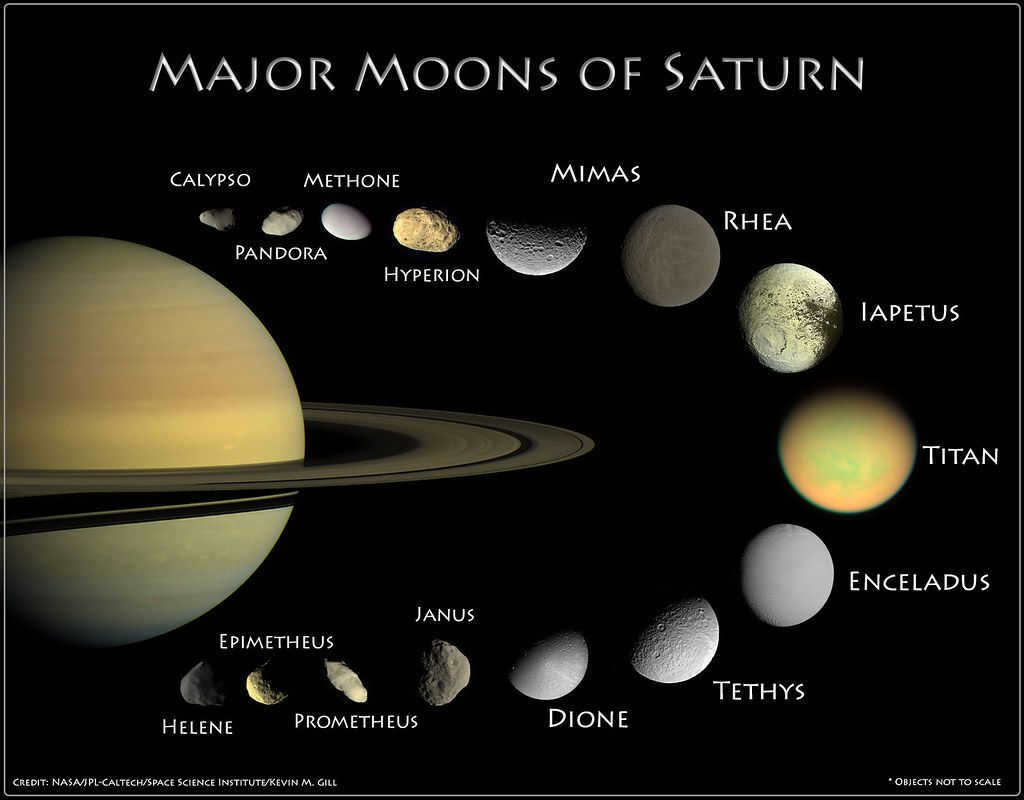
This image displays several of the moons located within the Saturn system.
7. Uranus, the seventh planet
Uranus, the seventh planet from the Sun, is pronounced as “Your-Anus” – unfortunately, the subject of a silly joke. The first photo is not rotated; the rings of Uranus are oriented in an upright position.
Uranus possesses a total of 21 satellites, with 16 of them being small orbiting rocks. These moons include Cordelia, Ophelia, Bianca, Vressida, Desdemona, Juliet, Portia, Rosalinda, Belinda, Shaibu, Caliban, Sycorax, Prospero, Setebos, Stefano, and Trinculo.
Below are photographs of the remaining five prominent satellites of Uranus.
8. Neptune – The Blue Planet
Neptune, the eighth planet from the sun, is known as the blue planet.
It is interesting to note that Neptune has just one moon called Triton.
9. Pluto – The Dwarf Planet
Pluto, the ninth and final planet from the sun, holds the distinction of being the smallest planet in our solar system. However, it has recently been re-classified as a dwarf planet.
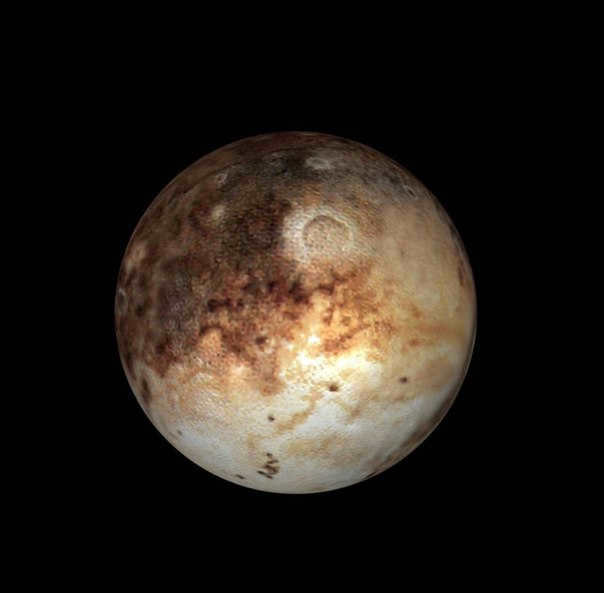
However, Pluto will forever remain a quintessential planet.
Pluto boasts 3 moons: Charon, Nix, and Hydra – as depicted in the image.
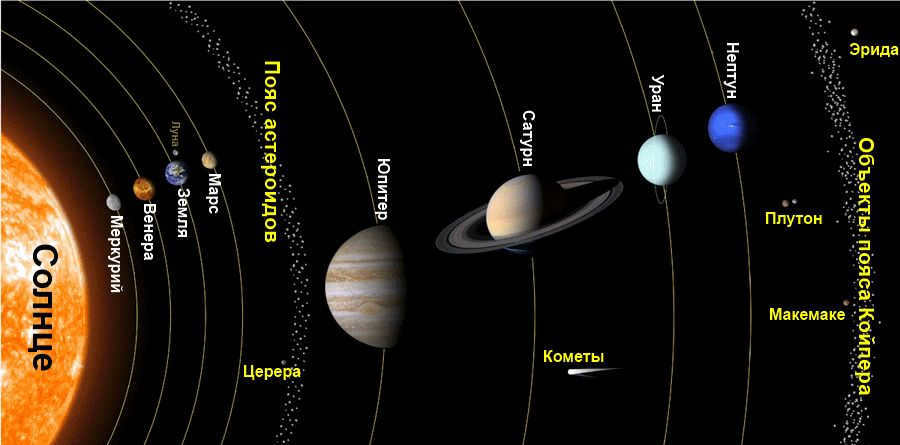
Not long ago, the term “planet” was exclusively used to describe the nine celestial bodies that orbit the Sun. However, we now understand that planets can also exist outside of our solar system and revolve around other stars. In 2006, the International Astronomical Union (IAU) officially defined planets in the solar system (as described on our website, “how many planets are in the solar system”) as space objects that orbit a star, specifically the Sun, and have a spherical shape.
The celestial bodies of our solar system – are enigmatic realms with the potential for sustaining life. All that encompasses us presently is part and parcel of the planet we call home, Earth. It is truly mind-boggling to consider the existence of anything beyond our cosmic dwelling. Despite its colossal appearance to us, Earth actually pales in comparison to the other celestial bodies within the solar system. Alongside Earth, there are eight additional planets in orbit around the Sun, with Earth being one of the smallest. The celestial bodies of our solar system span from minuscule rocky entities to colossal gas behemoths thousands of times larger than Earth. We have been delving into the mysteries of these planets for quite some time and have amassed a significant amount of knowledge, yet much still remains unknown.
Different Kinds of Planets in the Solar System
Planets Resembling Earth
are celestial bodies with a high concentration of rock and metal. They are typically compact in size and exhibit slow rotation on their axis. Within our solar system, the Earth-like planets consist of Mercury, Venus, Earth, and Mars. These planets are accompanied by a limited number of natural satellites, also known as moons. Out of the aforementioned selection, only Earth and Mars possess such satellites.
Gas Giants: The Outermost Planets in Our Solar System
Within our solar system, the four farthest celestial bodies from the Sun are known as gas giants. These massive planets are characterized by their primarily gaseous composition and immense size.
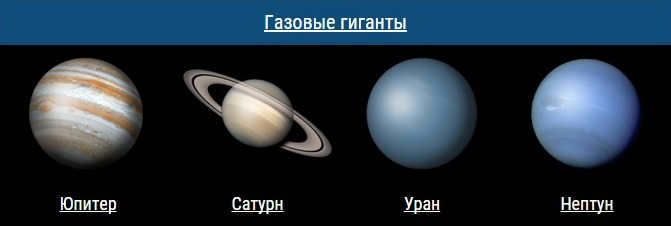

Jupiter, Saturn, Uranus, and Neptune are known as the gas giant planets. These planets are characterized by their enormous size and composition of hydrogen and helium. For instance, Jupiter is a thousand times larger than Earth. The gas giants have a relatively low density but an extremely high rotational speed. They also possess a significant number of satellites and rings of asteroids surrounding them. This phenomenon can be attributed to the strong gravitational field of the gas giants, which attracts more celestial objects compared to the weaker gravitational fields of the Earth-like planets. Scientists hypothesize that the asteroid rings are remnants of pulverized moons affected by the gravitational forces exerted by these gas giants.

Dwarf planet is the term used to describe celestial bodies that are too small to be classified as planets but too large to be considered asteroids. In the solar system, there are numerous such objects, with the majority located in the Kuiper belt area. Some astronomers argue that Pluto and its moon Charon are actually part of the Kuiper Belt and not true planets. Limited information is available about dwarf planets, but the prevailing belief is that they formed from the same material as our solar system. Additionally, it is believed that some dwarf planets were once satellites of gas giants but eventually broke free from their orbits and moved further into the solar system.
The phenomenon of planet formation within the solar system
There are still numerous enigmas surrounding the process of solar system formation. The prevailing theory in the scientific community posits that solar systems are born out of cosmic nebulae.
According to this theory: stars come into being from colossal clouds of gas and dust referred to as nebulae. The force of gravity leads to the amalgamation or fusion of matter within the nebulae. Over time, intense gravitational forces cause the center of the nebula to contract further, leading to the birth of a star. The remaining dust and gas coalesce into flat, rotating rings encircling the nascent star. Gravity propels these rings into rotation, resulting in the formation of planetesimals within small eddies.
Which planet is the largest in our solar system?
Jupiter is the largest planet in our solar system with a diameter of 1,390,600 kilometers. To put it into perspective, it’s big enough to fit 1,300 Earth-sized planets.
As these planetesimals continue to grow, they accumulate more and more mass, which leads to a stronger gravitational pull. This gravitational force causes them to reshape into a spherical form. These small spheres can collide and combine with one another, resulting in larger bodies known as protoplanets.
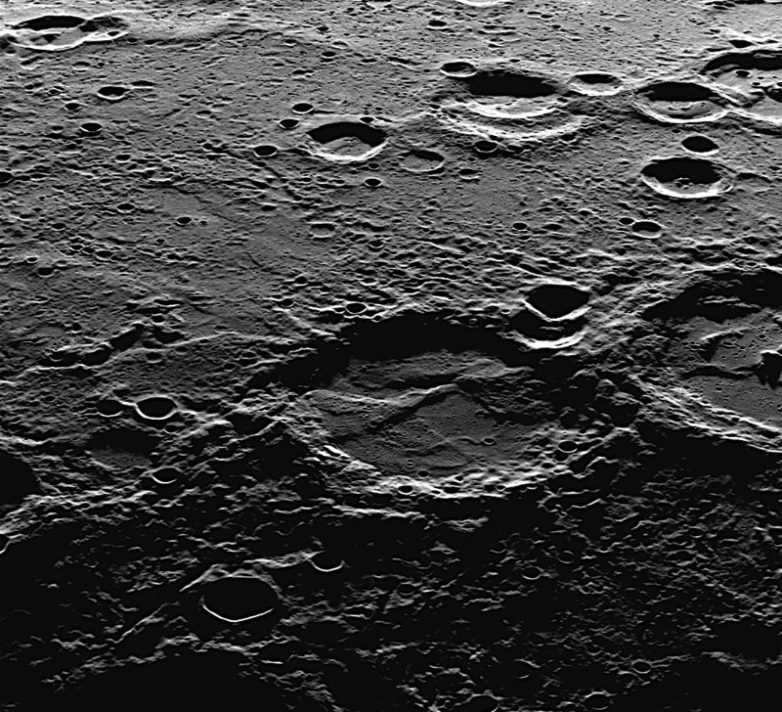
In 2011, the Messenger spacecraft provided us with these incredible images of the planets in our solar system.
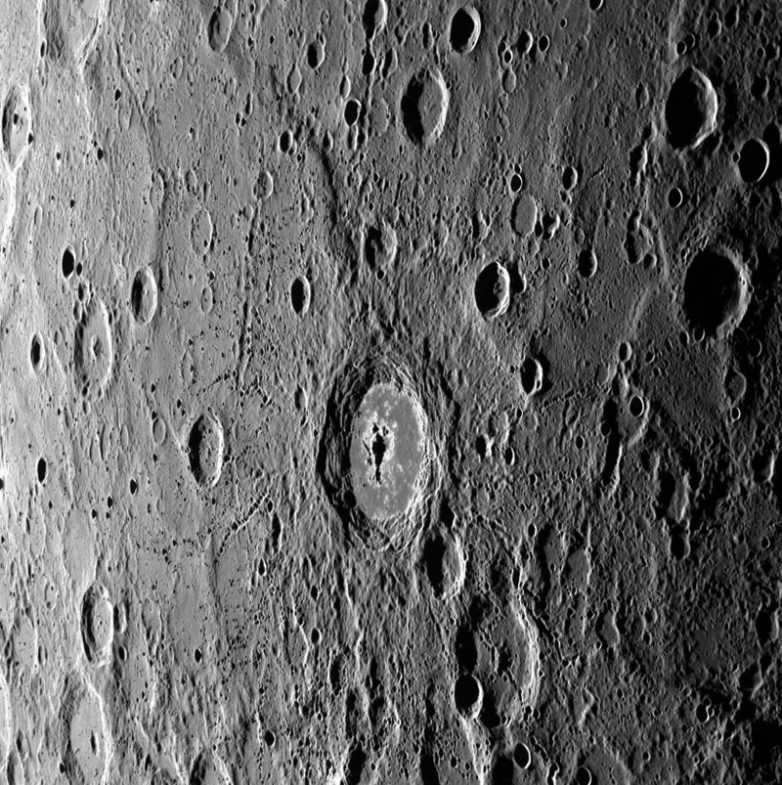
A 90-kilometer unnamed crater is situated at the center of the photograph.
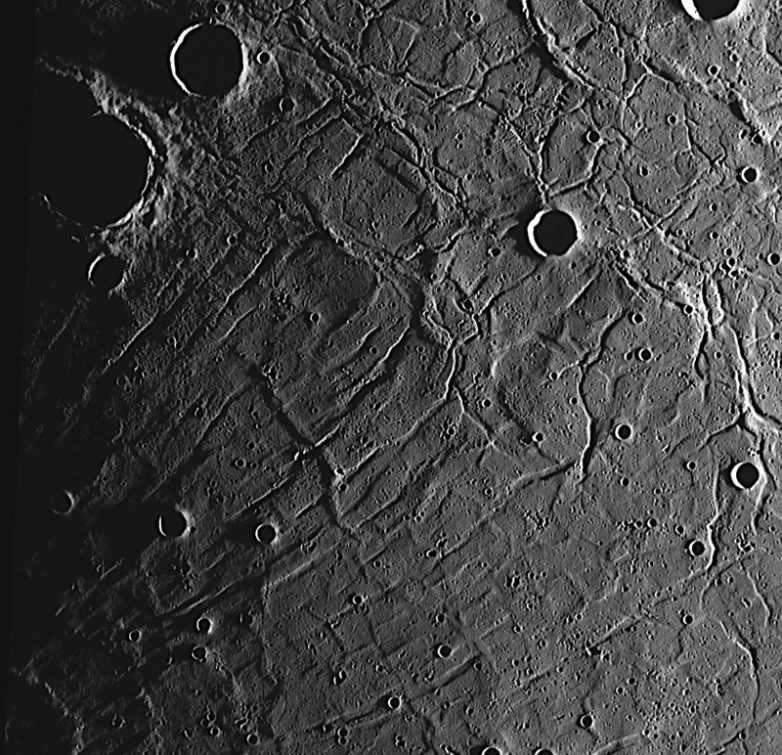
Here is the appearance of the planet’s surface within the Caloris Basin.
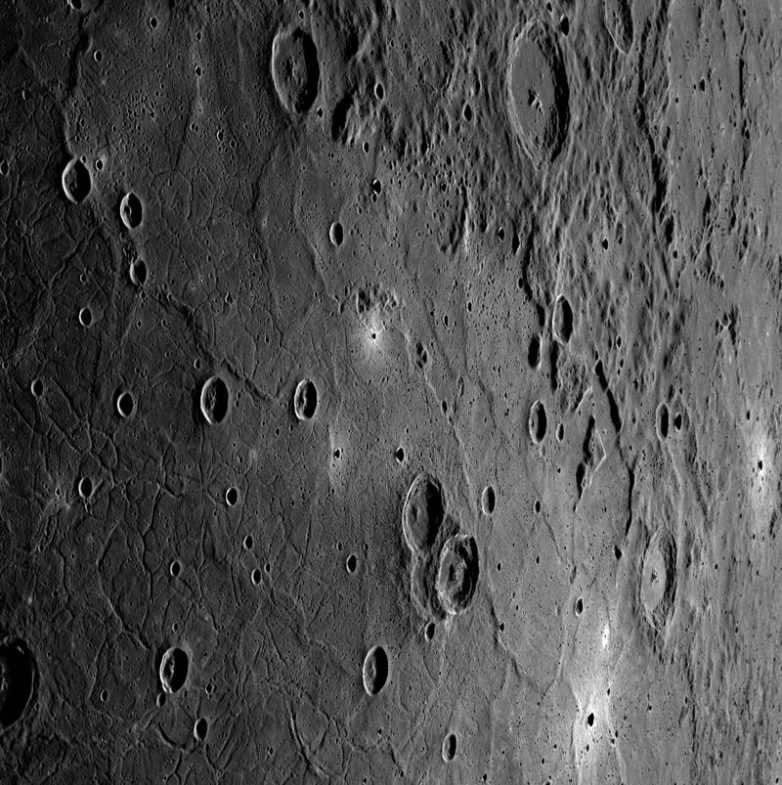
One of the craters caused by a celestial body’s impact.
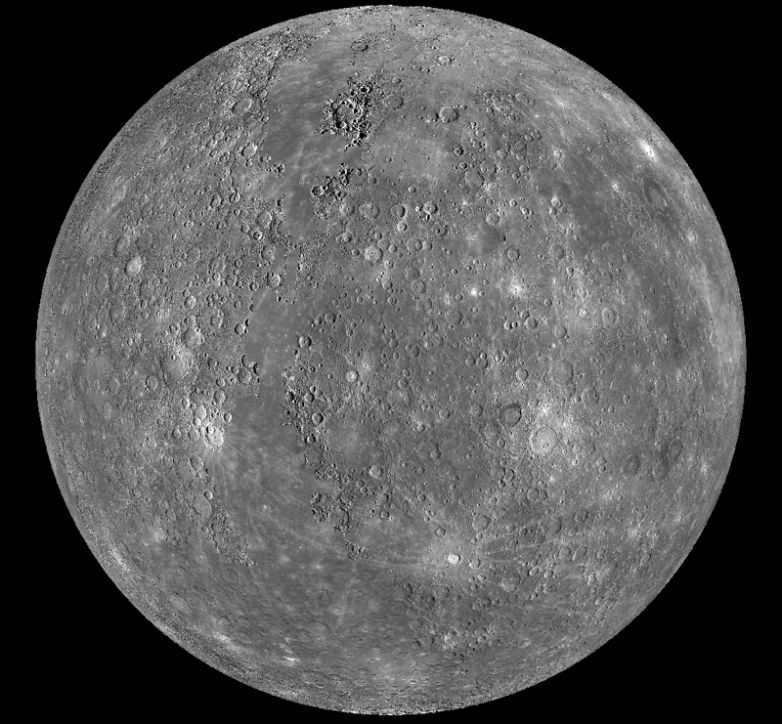
Mercury has experienced an incredible amount of cosmic bombardment, resulting in a multitude of craters scattered across its surface. These craters come in various sizes, creating a unique landscape on the planet. Additionally, there are rocky areas and plains present on Mercury. The planet is home to cliffs that reach heights of up to 2 kilometers. These plains, on the other hand, were formed by flowing lava.
Images of Venus’ surface captured by the Soviet Venera-13 and Venera-14 spacecraft
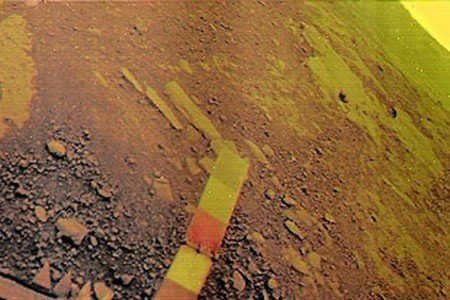
These pictures were captured back in 1982.
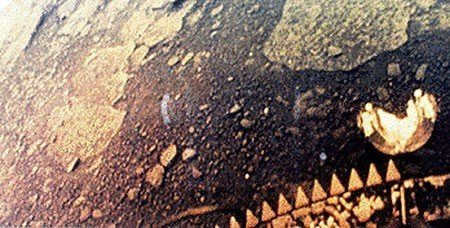
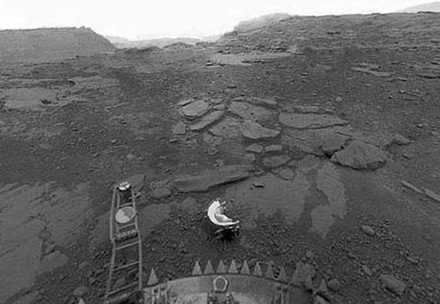
Venus presents a challenging environment with its extreme temperatures and corrosive clouds that render even the most advanced equipment ineffective.
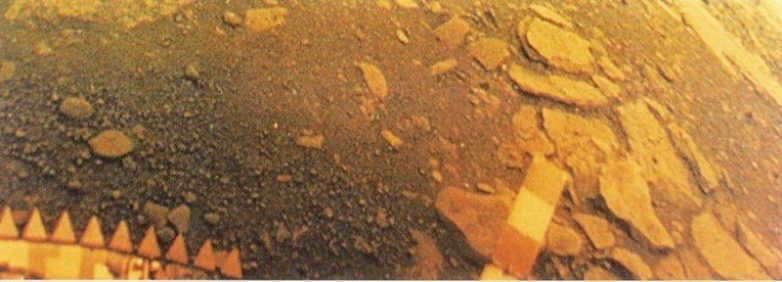
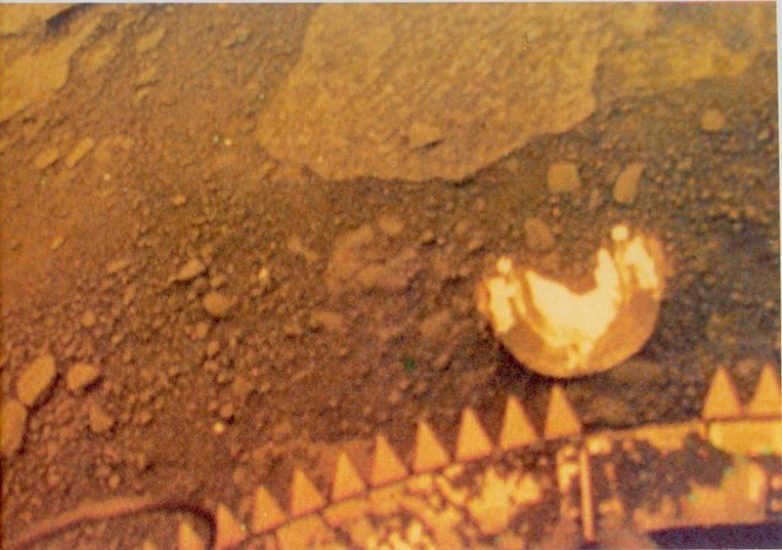
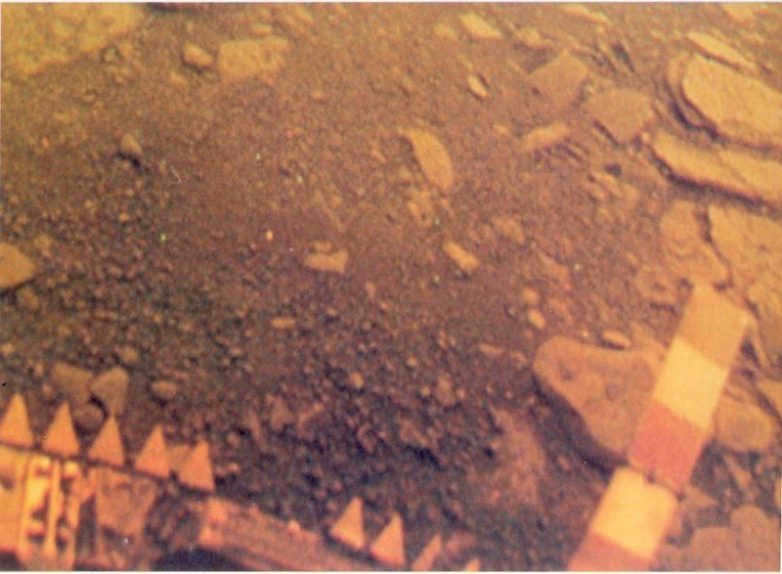
There are vast plains on Venus that were formed by volcanic activity in the past. These plains make up approximately 80% of the planet’s overall surface. In addition, Venus boasts a wide variety of unique geological formations.
Exploring the Martian Terrain
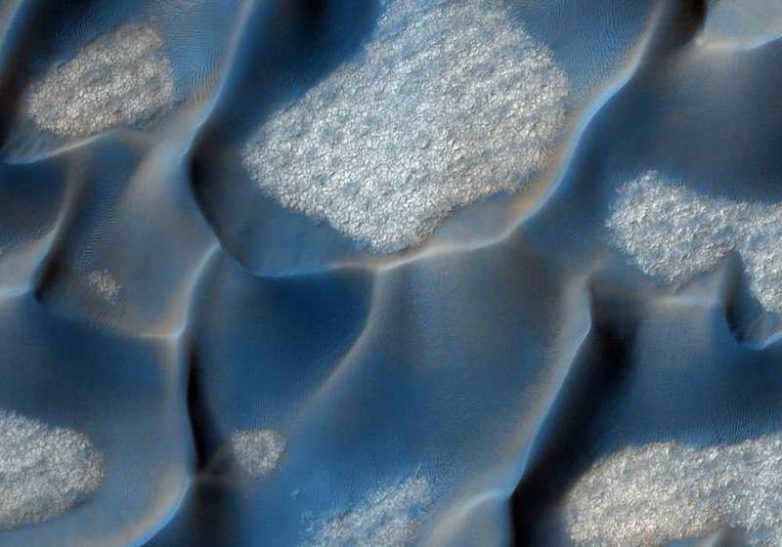
This planet’s surface is among the most extensively researched in our solar system, with the exception of Earth’s surface. The image reveals the presence of dunes.
Collapsed lava tubes can be observed in the Tharsis region:
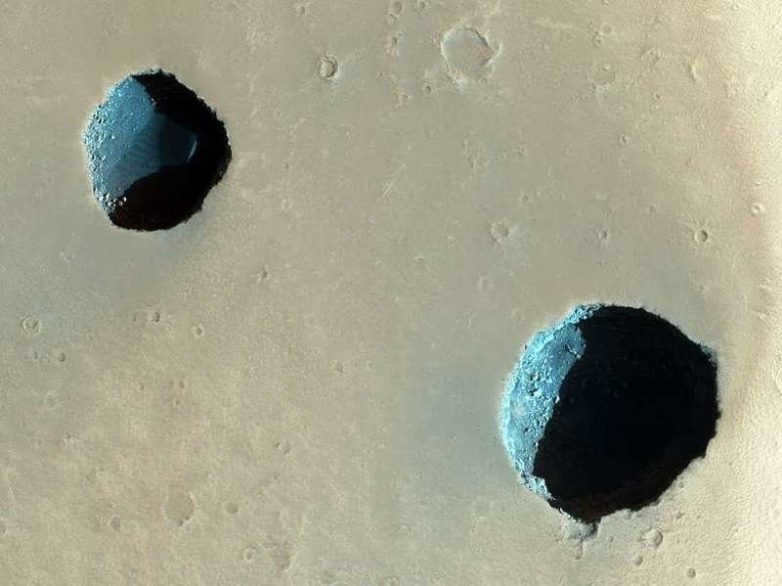
The majority of the planet’s surface is composed of basalt, which is overlaid with a thin coating of iron oxide.
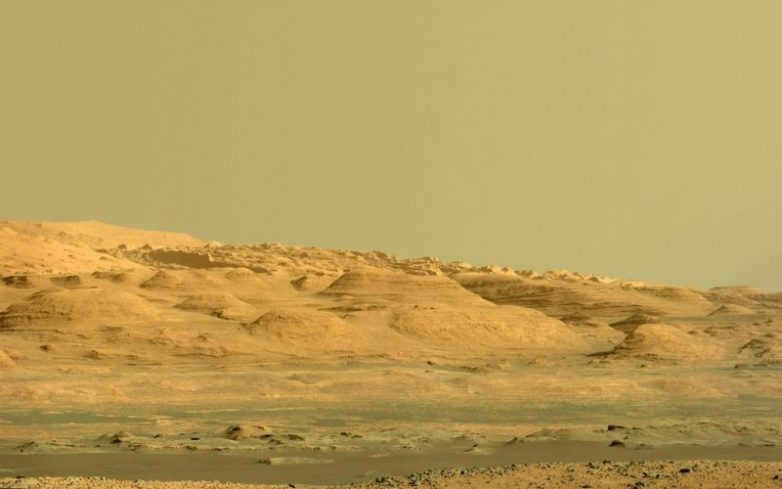
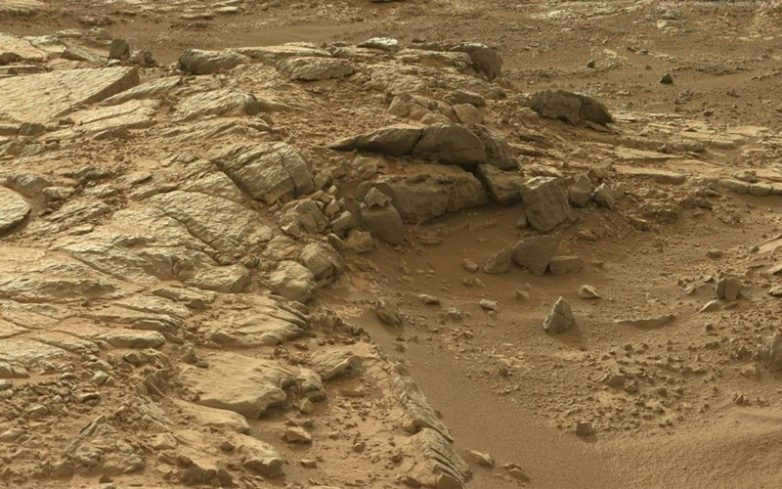
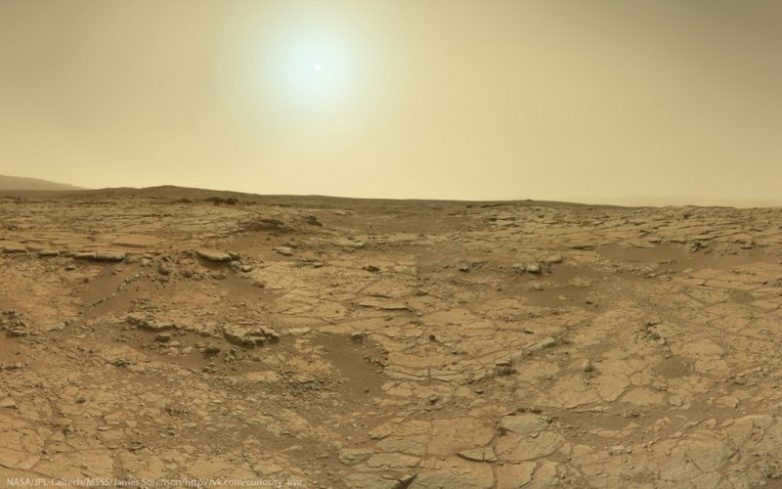
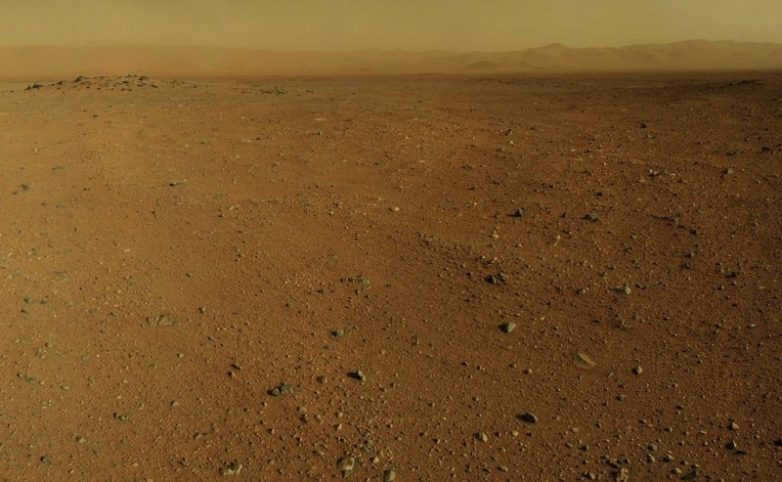
Jupiter
is the largest planet in our solar system. It is known for its massive size and powerful gravity. Jupiter is a gas giant, composed mostly of hydrogen and helium. It has a thick atmosphere that features prominent bands of clouds, including the famous Great Red Spot. This giant planet also has a strong magnetic field and numerous moons. Jupiter is a fascinating celestial object that continues to captivate scientists and astronomers alike.
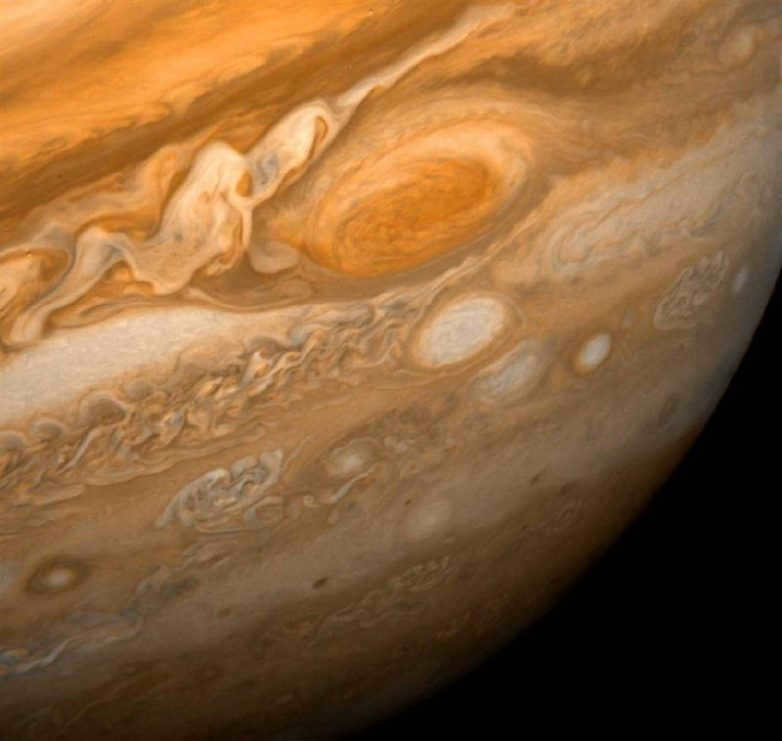
The Great Red Spot is a cyclonic storm that has persisted for centuries without weakening.
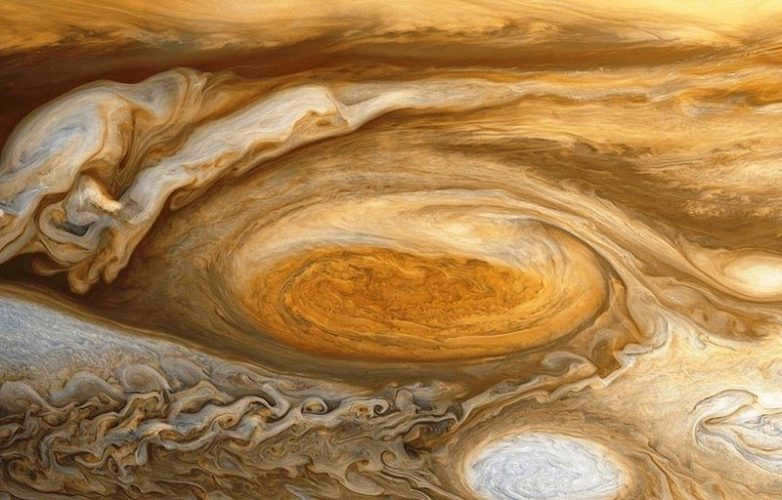
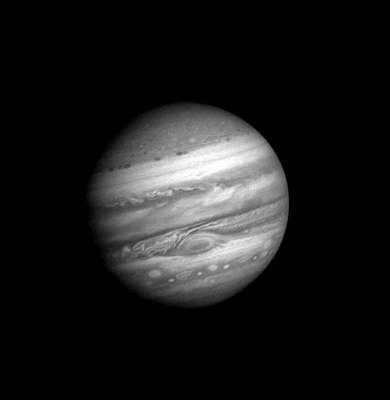
If Jupiter was 80 times bigger, it would transform into a star and emit light. The key factor here is its mass. However, even in its current state, the planet produces heat due to gravitational compression.
Saturn
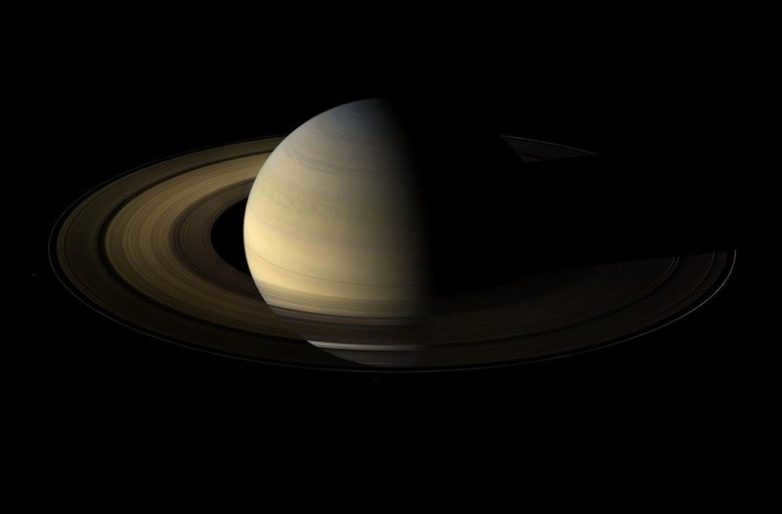
A swirling pattern can be observed in the northern region of Saturn, resembling a vortex.
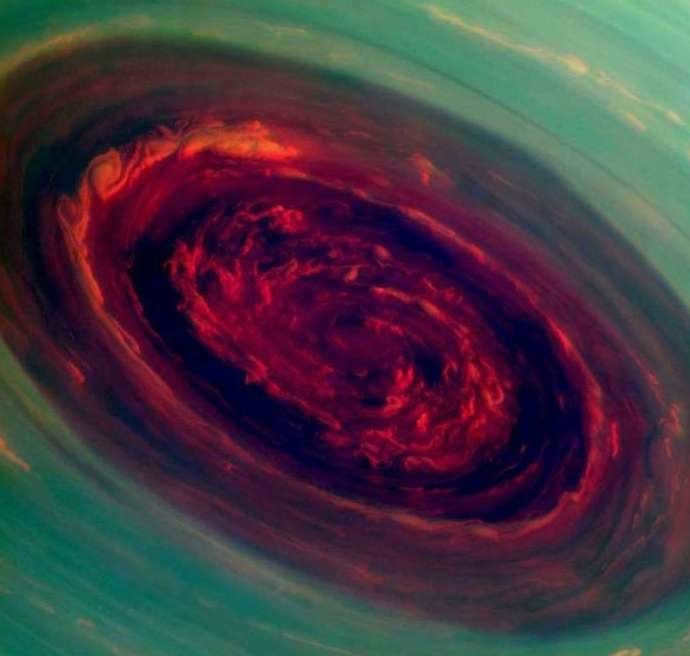
This photograph was captured from a distance of approximately 419,000 kilometers away from Saturn
It is one of the many pictures taken by the Cassini spacecraft.
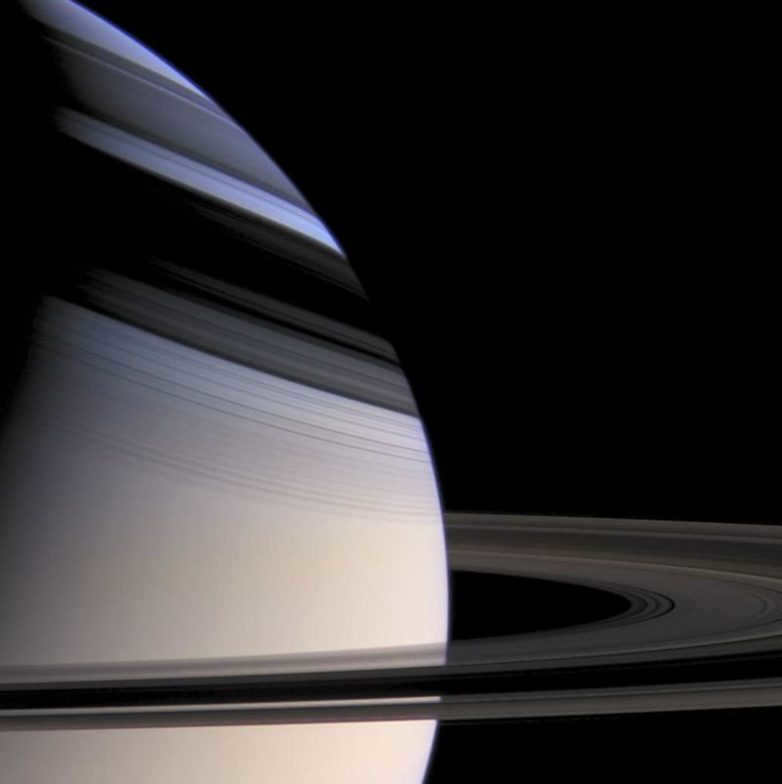
There is a massive hexagon located at the northern pole of Saturn.
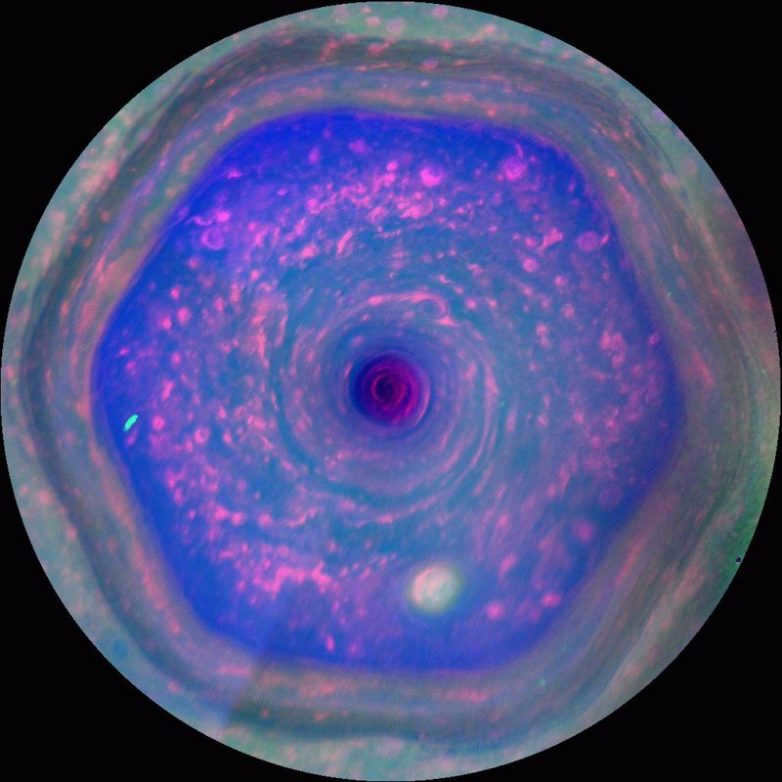
Close-up view of Saturn’s iconic rings
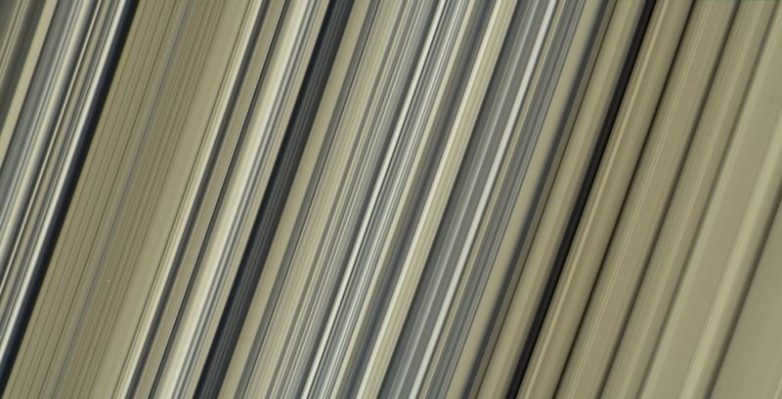
The Planet Uranus
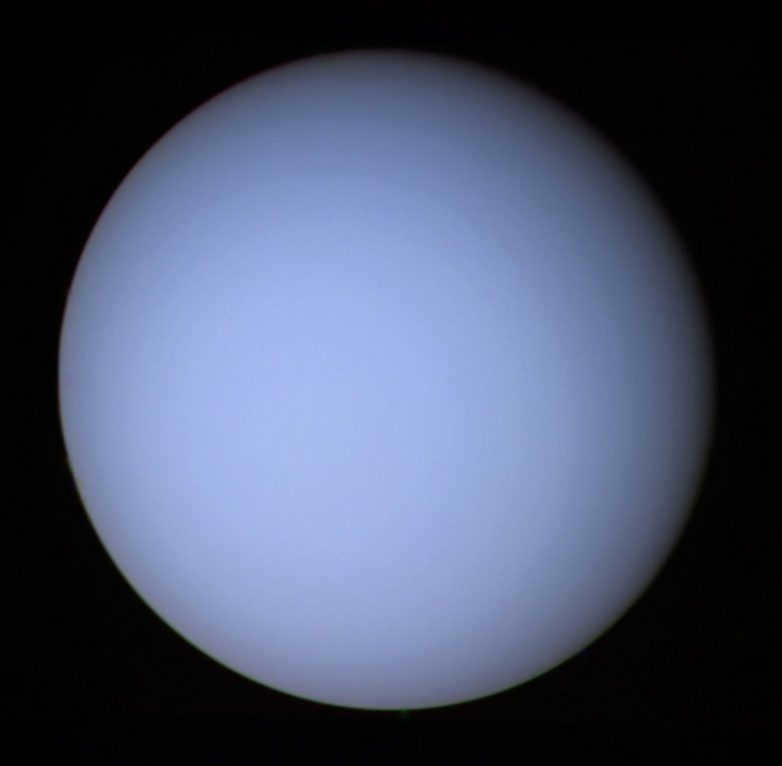
The photo was captured by Voyager 2 space probe.
Ariel appearing in front of the planet’s atmospheric layer
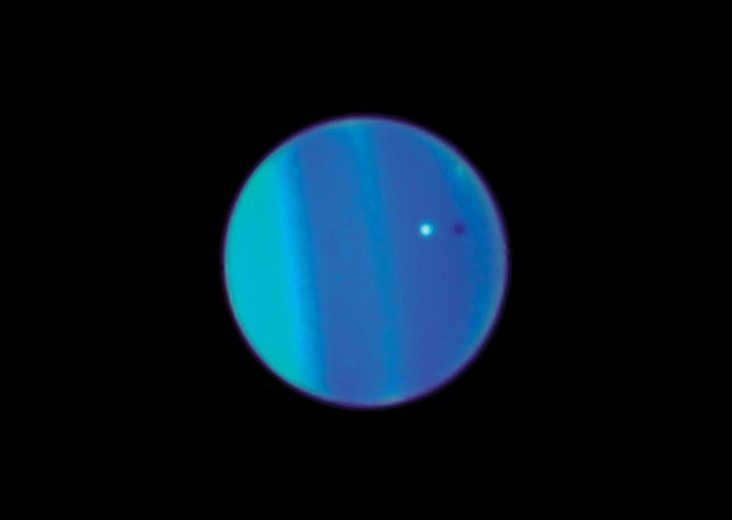
The composition of Neptune’s atmosphere is primarily made up of hydrogen, helium, and methane, with hydrogen accounting for 83% of the atmosphere, helium making up 15%, and methane making up 2.5%.
Neptune
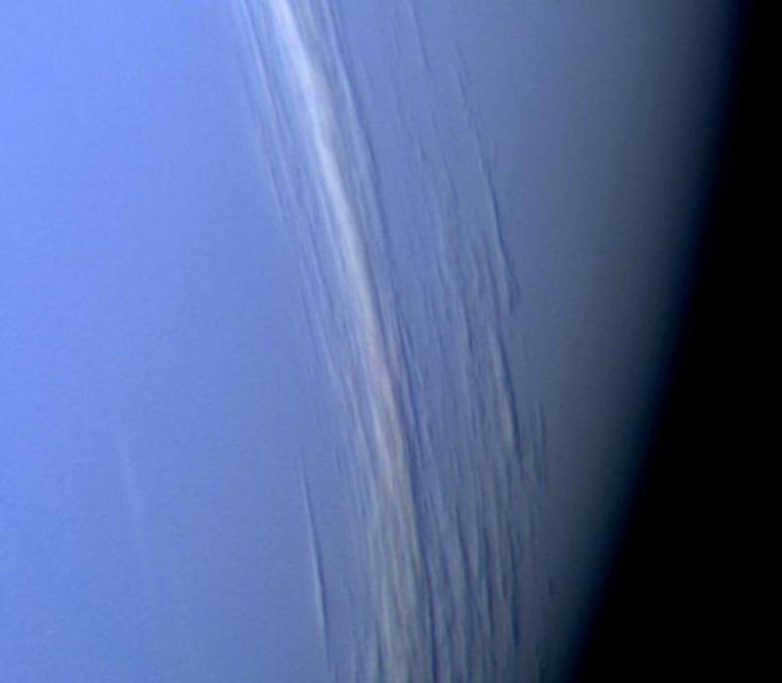
The appearance of the clouds on Neptune was revealed by the Voyager 2 probe during its historic flyby in 1989.
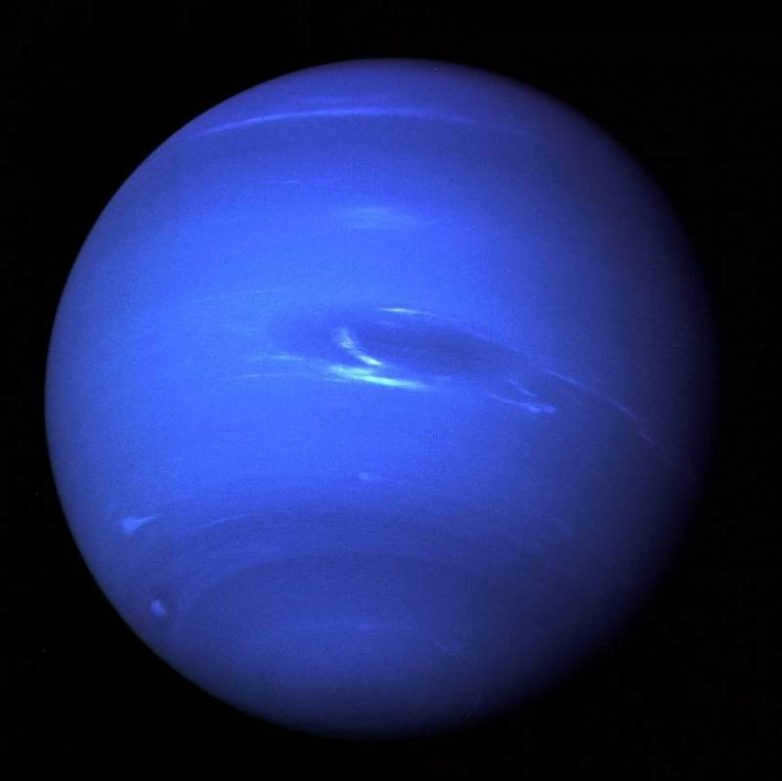
The picture was captured from a distance of 4,950 kilometers away from the celestial body
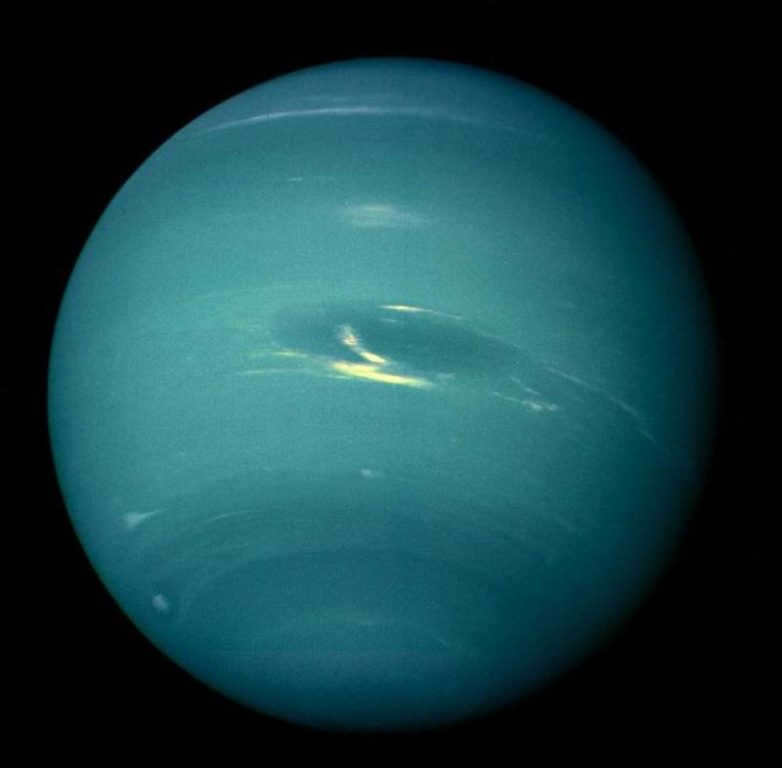
Neptune’s atmosphere is quite similar to that of Jupiter and Saturn, as it is predominantly composed of hydrogen and helium.
We were born in an era where the exploration of Earth has already been extensively done, yet the exploration of outer space is still in its infancy. The vast universe holds countless enigmas and secrets that unfortunately, we may never fully comprehend.
The allure of space has always captivated humanity. Just by gazing at the sky on a clear August night and catching a glimpse of shooting stars, it’s hard not to feel a sense of wonder. Scientists have sent astronauts into space and meticulously studied the celestial bodies using state-of-the-art equipment, but the more they discover, the more mysteries seem to arise.
Even without professional equipment, it is possible to observe our closest celestial neighbors in the solar system – Mercury, Venus, Mars, Jupiter, Uranus, Neptune, and Saturn. When looking at the sky without the aid of a telescope, these planets appear similar to stars, with the exception of their continuous movement. The reason behind their designation as “planets” stems from their lack of a fixed position, as the ancient Greeks referred to them as “asteres planetes,” meaning wandering stars. The term “planets” directly translates to “wandering” in English.
Interest in the cosmos remains strong in the present day. The romantic allure of the starry sky is a recurring theme in metamodernism and frequently appears in modern music videos and films, providing viewers with a temporary escape from their daily struggles and allowing them to dream. The mysterious and uncharted beauty of the celestial bodies is impossible to resist. We have curated a collection of the most breathtaking planets in the universe for you to explore – and you are unlikely to find anything more awe-inspiring.
Kepler-10b
Kepler-10b is an exoplanet that was discovered by NASA’s Kepler spacecraft. It is located in the constellation Draco and is about 560 light-years away from Earth. Kepler-10b is a rocky planet that orbits very close to its star, Kepler-10. It is about 1.4 times the size of Earth and has a surface temperature of about 2,500 degrees Fahrenheit. Despite its close proximity to its star, Kepler-10b is not habitable due to its extreme temperatures. The discovery of Kepler-10b has provided valuable insights into the formation and composition of rocky exoplanets.
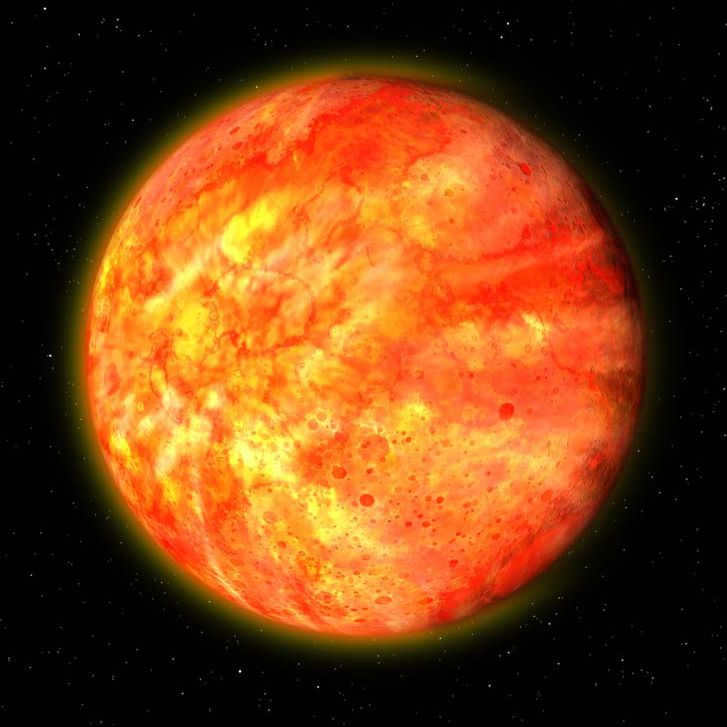
The name of this celestial body is derived from the Kepler telescope, which was the first to detect it. Kepler 10-b has a radius that is one and a half times larger than that of Earth. This exoplanet is incredibly stunning, as it is fully engulfed in lightning – a phenomenon that has left astronomers perplexed, as it has not been observed on any other celestial bodies.
Currently, the sole iron planet recognized by the scientific community is kepler 10-b, which was found in 2011. Due to its extreme heat (approximately 1500 degrees Celsius), the iron on kepler 10-b exists in a molten state. The prospect of investigating this blazing celestial body seems highly improbable, as it is situated a staggering 560 light-years distant from our planet. Furthermore, even with advanced technology enabling supersonic space travel, the notion of landing on a scorching planet shrouded in constant lightning would be unachievable.
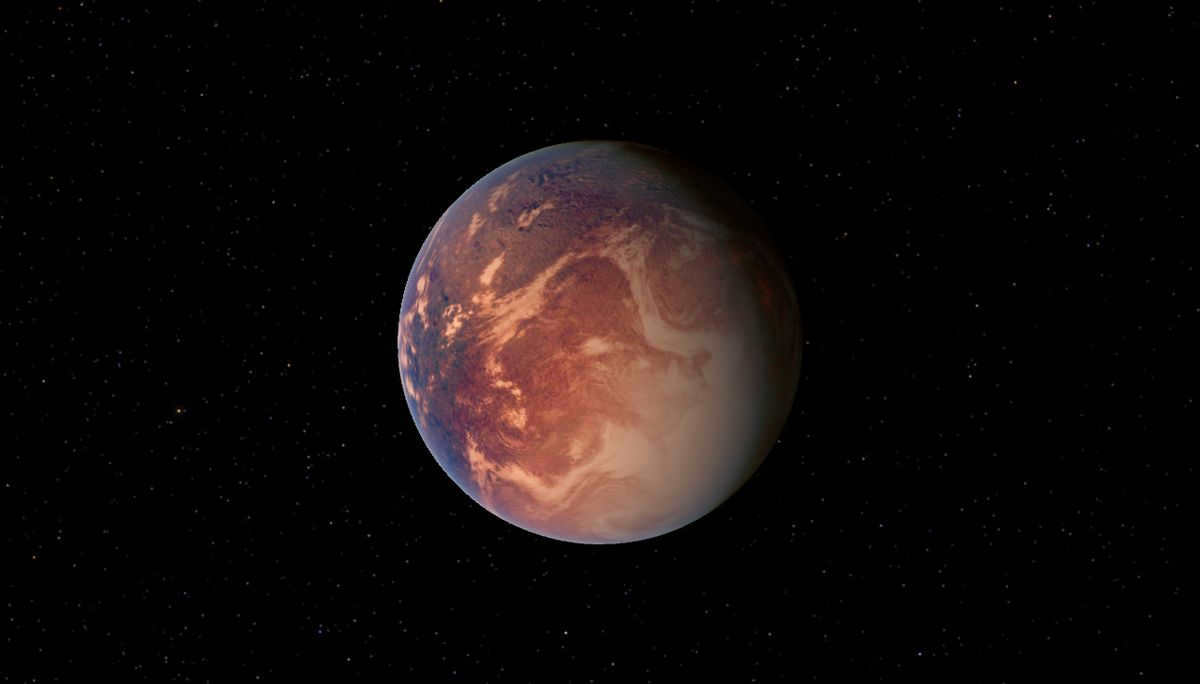
Also known as the “super-Earth,” Gliese 581-e is among the few planets that could potentially support intelligent life. Scientists speculate that the temperature conditions on this exoplanet may allow for the existence of living organisms, with temperatures ranging from 3-5 to 40 degrees Celsius. Furthermore, it is believed that Gliese 581-e possesses its own atmosphere, although its composition remains unknown.
Situated in the Libra constellation, Gliese 581-e is a mere 20 light years away from Earth. This proximity raises the possibility that, in the coming centuries, humans may have the opportunity to study and even land on this distant world. The discovery of Gliese 581-e was made in 2007 by astronomers hailing from Chile.
There is speculation that Gliese 581e may have a mass almost double that of Earth, but this is yet to be confirmed. The composition of the surface of this celestial body is also uncertain – it could potentially be rocky or an ocean planet.
TrES-4 A b
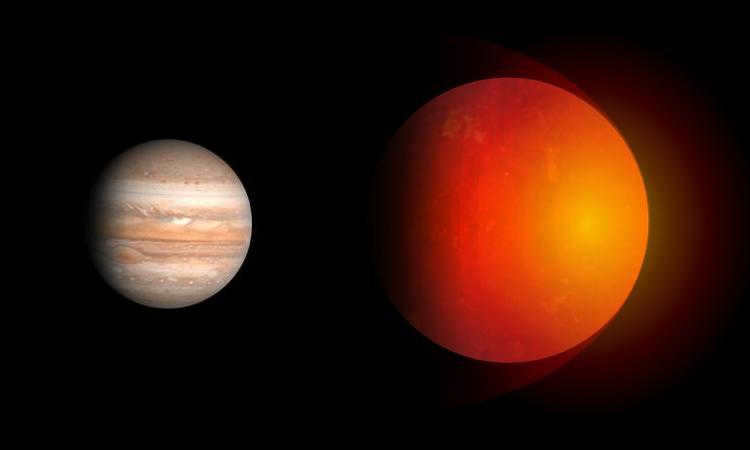
Also known as a gas giant, a hot Jupiter, and a free-floating planet, TrES-4 A b is situated approximately 1,600 light years away from our planet. Currently, it holds the title of being the largest exoplanet ever discovered in the cosmos. Although its initial detection occurred in 2006, astronomers officially announced its existence a year later.
Due to its relatively low mass and extremely high temperatures, this exoplanet continues to expand in size. It is enveloped in layers of gas and dust, which contribute to its unique and captivating appearance. The most intriguing aspect of TrES-4 A b is that it is constantly losing its atmosphere, resulting in the formation of a “tail” reminiscent of a comet. To witness this mesmerizing phenomenon, one must observe the constellation Hercules using specialized equipment.
Epsilon Eridani b
Epsilon Eridani b is a planet located in the Epsilon Eridani star system, approximately 10.5 light years away from Earth. It was discovered in 2000 and is classified as a gas giant. Epsilon Eridani b orbits its parent star at a distance of about 3.4 astronomical units, which is similar to the distance between the Sun and the asteroid belt in our solar system.
The planet has a mass about 1.5 times that of Jupiter and takes about 6.9 years to complete one orbit around its star. It is believed to have a highly elliptical orbit, which means that its distance from the star varies significantly over time. This eccentric orbit is thought to be the result of gravitational interactions with other planets or nearby stars in the system.
Due to its relatively close proximity to Earth and its status as a gas giant, Epsilon Eridani b has been the subject of scientific interest and speculation about the possibility of life. While the planet itself is unlikely to support life as we know it, its presence in the habitable zone of its star has led to speculation about the existence of potentially habitable moons or other smaller bodies that could support life.
Further studies and observations of Epsilon Eridani b are planned in order to gather more information about its composition, atmosphere, and potential for hosting life. Scientists hope that by studying this distant gas giant, they can gain insights into the formation and evolution of planetary systems beyond our own.
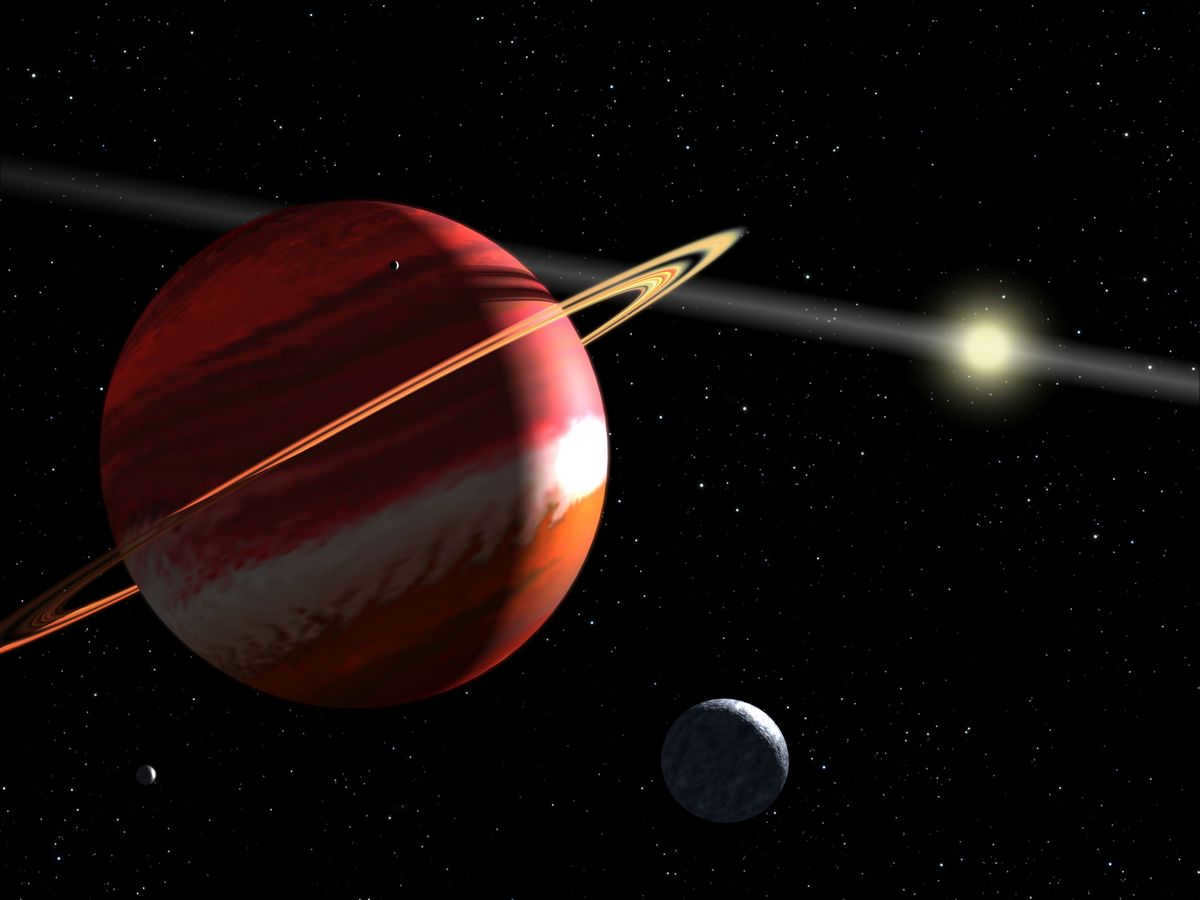
Another name for the planet Epsilon Eridani b is Aegir. Similar to our planet Earth, it is situated in close proximity to the hot star Epsilon Eridani. It is possible that this planet is part of a larger celestial system, similar to our solar system, within the constellation Eridanus, which is located approximately 10.5 light years away from us.
Back in the year 2000, the planet was first discovered. Its existence was not scientifically confirmed for a significant period of time, however, the powerful Hubble telescope was able to observe and record the presence of this planet within the Eridanus constellation. Aegir is slightly larger than our familiar planet Jupiter. It is believed that this planet may also possess rings like Saturn, albeit on a smaller scale.
CoRoT-7b: A Unique Exoplanet
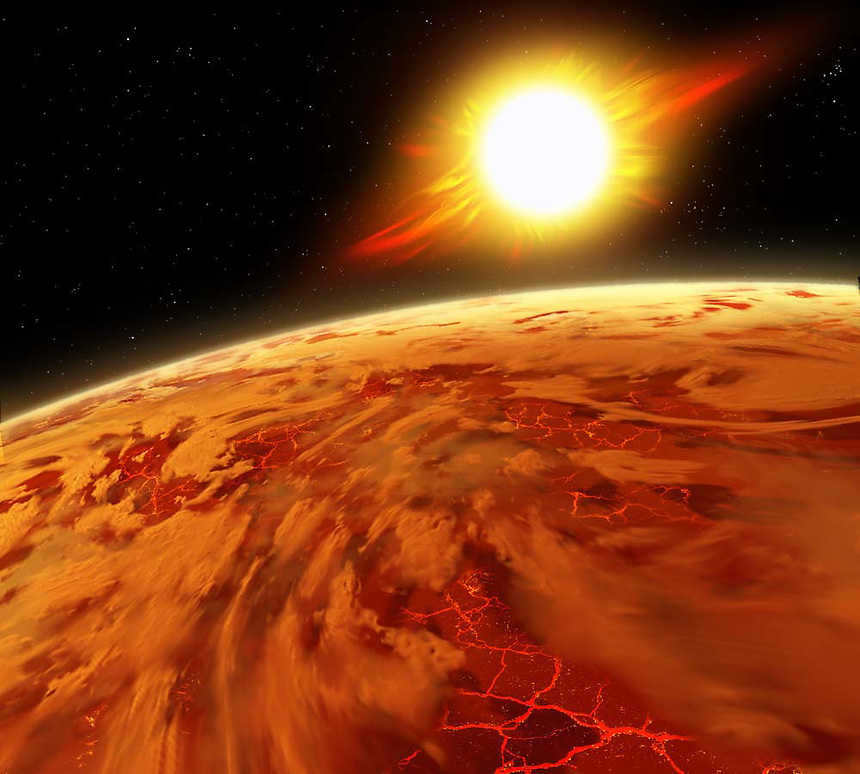
CoRoT-7b is an incredibly hot planet where rocks on the side facing its star effortlessly liquefy. Scientists believe that this planet experiences a constant rain of rocks, with small pebbles plunging into deep lava lakes. Given these extreme conditions, it is highly unlikely that any form of life could exist there.
The radius of CoRoT-7b is nearly twice that of Earth, and its mass is five times greater than our own planet. However, this infernal place bears little resemblance to Earth.
The atmosphere of CoRoT-7b consists of vapor emitted from a sea of lava. Temperatures on this fiery planet can soar above 2,300 degrees Celsius. Conversely, the far side of CoRoT-7b is extremely cold, with temperatures dropping to approximately -223 degrees Celsius.
WASP-12b
is a unique exoplanet located approximately 1,400 light-years away from Earth. This exoplanet is known for its extreme characteristics, making it a fascinating subject of study for astronomers. WASP-12b is a gas giant that orbits very close to its host star, completing one orbit in just over one day. Because of its close proximity to its star, the planet is heated to incredibly high temperatures, reaching up to 2,600 degrees Celsius. This makes it one of the hottest exoplanets ever discovered. In addition to its extreme temperature, WASP-12b also has a unique atmosphere that is rich in carbon. The planet’s atmosphere absorbs a significant amount of light, making it appear very dark. These unique characteristics make WASP-12b an intriguing object for astronomers to study and learn more about the nature of exoplanets.
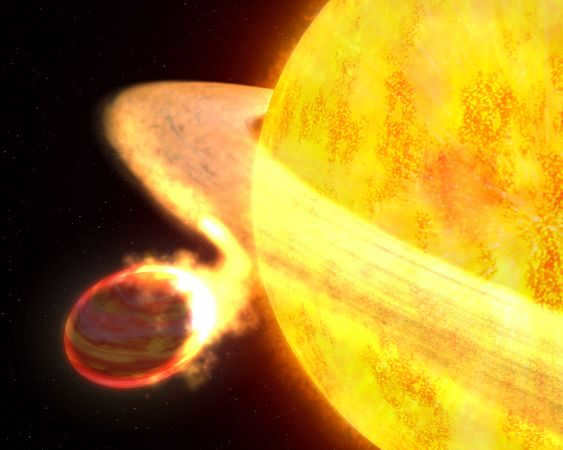
In 2008, scientists made a groundbreaking discovery of an exoplanet that is nearly twice the size of Jupiter.
What sets this planet apart is its extreme heat, making it one of the hottest planets in the universe. With temperatures exceeding 1500 degrees Celsius, it is a scorching world. Interestingly, WASP-12b also has a unique rotation period – its year is equal to one day on Earth.
Another fascinating aspect of WASP-12b is its ability to exchange matter with its star. Over time, the star absorbs this exoplanet, and in about 10 million years, it is predicted that nothing will be left of WASP-12b. This phenomenon has puzzled scientists, as such interactions between stars and planets were previously unknown.
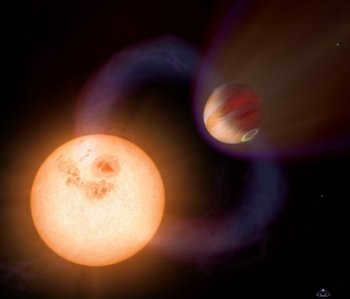
Located approximately 22,000 light-years away from Earth, there exists a remarkably distant planet. What sets this planet, known as SWEEPS-10, apart is its incredibly short orbital period of only 10 hours around its star, making it the fastest known planet in existence. Scientists speculate that SWEEPS-10 is more than 1.5 times the size of Earth.
Due to its close proximity to its star, SWEEPS-10 is an incredibly hot place, with temperatures reaching a scorching 1650 degrees Celsius. It goes without saying that the likelihood of discovering any form of life on this planet is virtually nonexistent.
As a result of its constant heating, SWEEPS-10 is gradually expanding. It is inevitable that, at some point, this exoplanet will completely vaporize.
COROT-exo-3b.
COROT-exo-3b
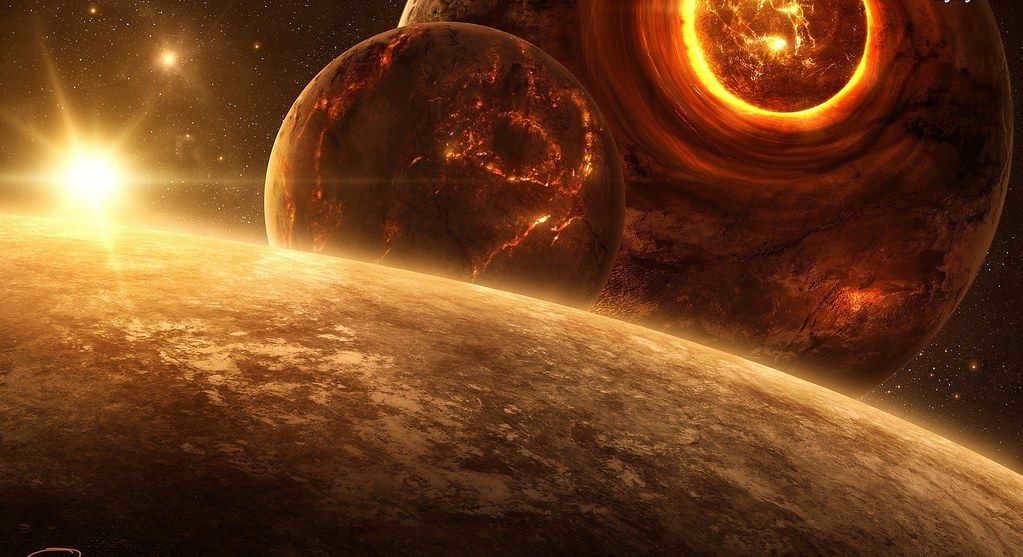
One of the most enigmatic and unexplored cosmic entities presently recognized by humanity. Scientists are uncertain – is COROT-exo-3b an enormous planet or a diminutive star? Nevertheless, it is most likely still regarded as an exoplanet, since COROT-exo-3b revolves around its own parent star.
The largest mass of planets discovered prior to this undiscovered marvel was 13 times the mass of Jupiter. Typically, stars are 70 times more massive than Jupiter. However, this peculiar celestial entity is 20 times the mass of Jupiter – meaning it lies in between a planet and a star. If COROT-exo-3b is indeed a planet, it is presently the densest and heaviest planet acknowledged by humanity.
PSR J1719-1438.
PSR J1719-1438 is the name of a pulsar star system located approximately 4,000 light-years away from Earth. It was discovered in 2011 and has since been a subject of scientific research and observation. This star system is notable because it contains a white dwarf star that is accreting material from a nearby companion star. The accretion process has formed a disk of material around the white dwarf, known as an accretion disk. The accretion disk emits a strong infrared signal, making it visible to telescopes on Earth. The presence of this accretion disk and its unique properties have made PSR J1719-1438 an interesting object of study for astronomers and astrophysicists.
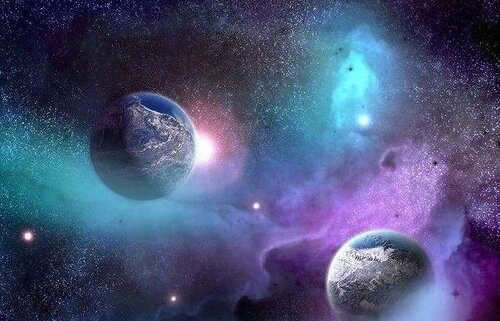

A planet outside our solar system was discovered in the Snake constellation in 2009. PSR J1719-1438 is located approximately 3900 light-years away from Earth. This planet has a slightly greater mass than Jupiter and is significantly denser.
Scientists have hypothesized that this planet may be composed of one-third diamond. If humanity were able to access just 2% of the diamonds on PSR J1719-1438, it would be enough to cover the national debts of every country on Earth.
PSR J1719-1438 has been in existence for 12 billion years, making it nearly three times older than our own planet.
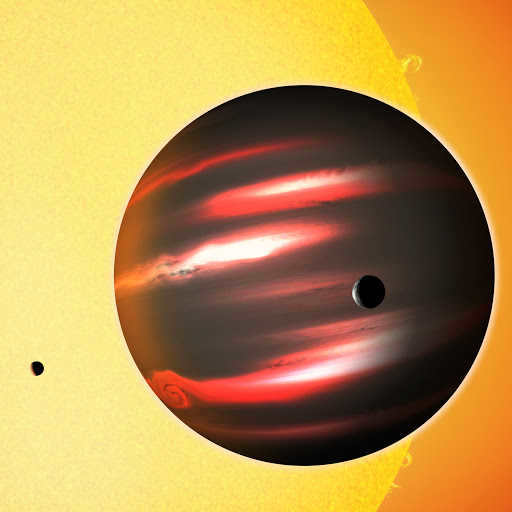
A black gas giant situated approximately 750 light-years away from our solar system. Its composition bears a resemblance to the familiar Jupiter. TrES-2b was initially discovered in 2006 and remains the darkest among all known planets, reflecting very little light that reaches it.
Being in such close proximity to its star, it is presumed that the climate conditions on this planet are far from optimal. Searching for signs of life on such a scorching planet would be futile. Nevertheless, this celestial body captivates prominent astronomers who continually study it due to its exceptional attributes. The reason behind its profound darkness remains a mystery, challenging the world’s finest scientists in their quest for an answer.
1SWASP J1407 b.
The exoplanet 1SWASP J1407 b.
1SWASP J1407 b: An Unusual Exoplanet.
The Uniqueness of 1SWASP J1407 b.
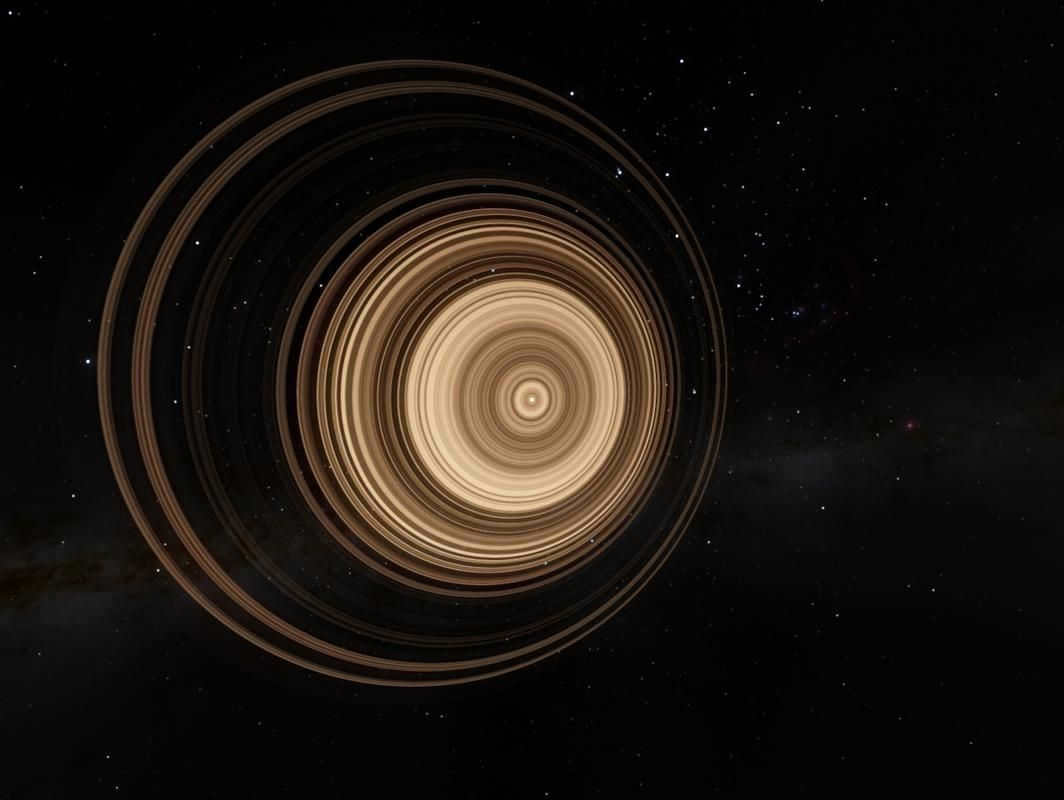
A planet of exceptional beauty with a massive ring system was discovered in 2012. It has been nicknamed “Supersaturn” due to the striking similarity of its ring systems to Saturn’s, although 1SWASP J1407 b surpasses its celestial neighbor in size by a considerable margin. To put it into perspective, the rings of 1SWASP J1407 b are a staggering 200 times larger than Saturn’s!
It is believed that this exoplanet possesses at least one moon.
This stunning celestial body resides in the Centaurus constellation, approximately 434 light-years away from our solar system. Regrettably, without specialized equipment, it is unlikely that we will have the opportunity to witness the splendor of this extraordinary celestial phenomenon.
55 Cancer e.
Rephrase the text, making it unique and using the English language while preserving the HTML markup:
55 Cancer e.
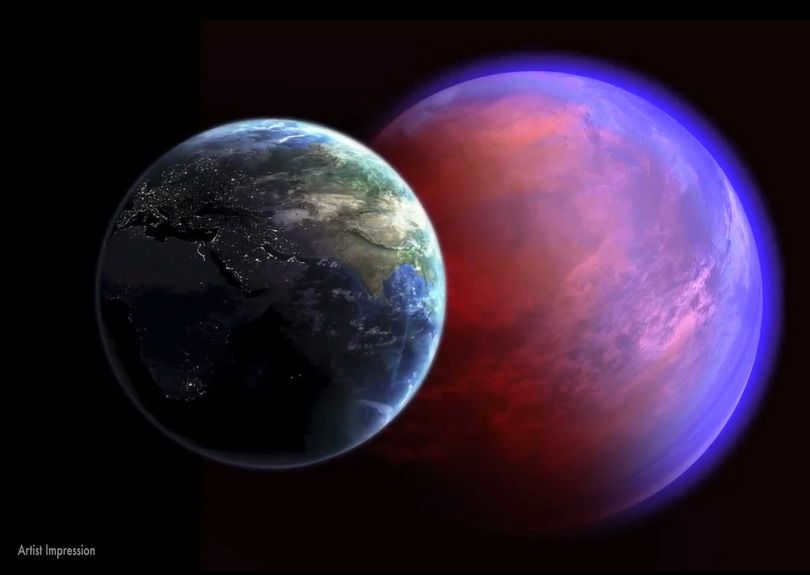
An exoplanet called Janssen, located in the constellation of Cancer, is situated approximately 40 light-years away from Earth. It was initially discovered by American astrophysicists in 2004. In 2015, representatives from the Royal Association of Meteorology and Astronomy in Holland gave it the alternative name of Janssen. Janssen is estimated to be around 8.5 times larger than Earth in size.
The composition of 55 Cancer’s atmosphere is primarily composed of hydrogen and helium. The “daytime” side of the exoplanet reaches scorching temperatures of 2,400 degrees Celsius. Given these extreme conditions, the likelihood of finding living organisms on Janssen is slim.
KELT-9b
KELT-9b is an exoplanet that orbits the star KELT-9. It is a gas giant, similar in size to Jupiter, but with a much higher temperature. In fact, KELT-9b is one of the hottest planets ever discovered, with temperatures reaching up to 4,327 degrees Celsius (7,820 degrees Fahrenheit). This extreme heat is due to its proximity to its star, which is much hotter and brighter than our Sun. KELT-9b is also tidally locked, meaning that it always shows the same face to its star, just like the Moon does to Earth. This creates extreme temperature differences between the day and night sides of the planet. Despite its inhospitable conditions, scientists are still interested in studying KELT-9b to learn more about the extreme environments that can exist in the universe.
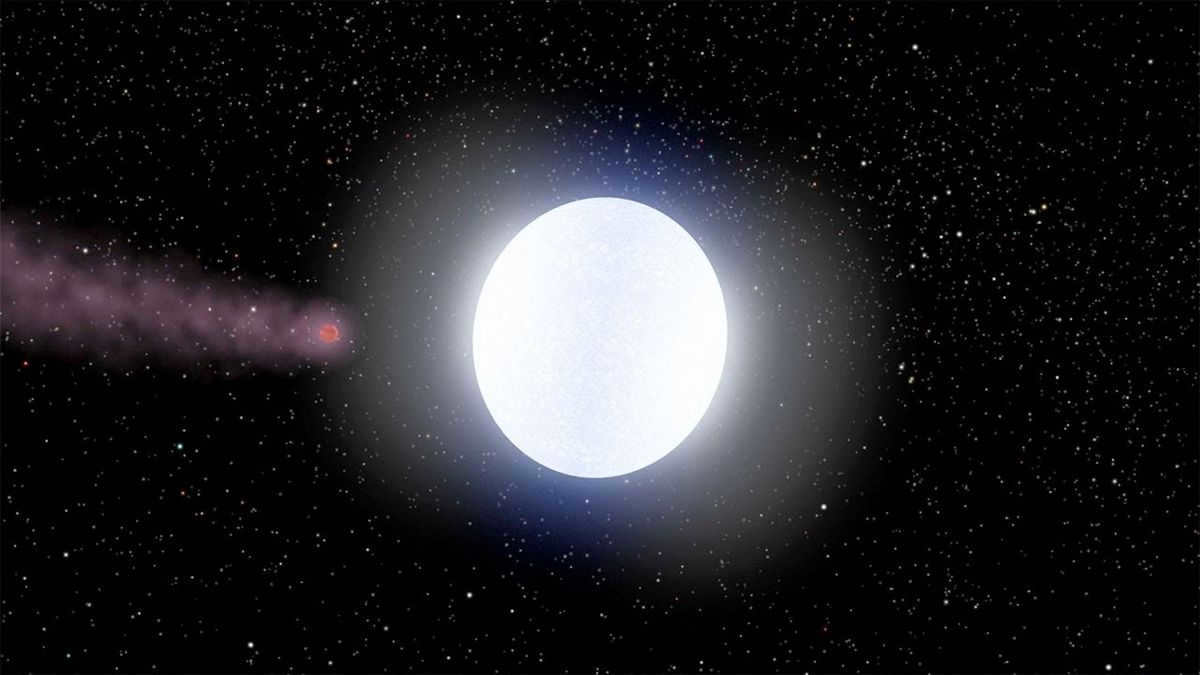
KELT-9b, an exoplanet situated in the Swan constellation and positioned approximately 620 light-years away from our planet, was only discovered in 2016. It currently holds the title for the hottest known planet as it can reach temperatures of up to 4000 degrees Celsius on its sun-facing side, surpassing the heat emitted by many stars. Naturally, KELT-9b does not harbor any form of life.
KELT-9b is just 50% denser than Jupiter, yet it boasts a mass that is nearly three times greater. One face of this exoplanet is perpetually illuminated by its host star, while the other side remains shrouded in darkness. The characteristics of this enigmatic “dark” side have yet to be thoroughly investigated, leaving open the possibility that the most scorching planet in the cosmos may still hold some unexpected surprises.
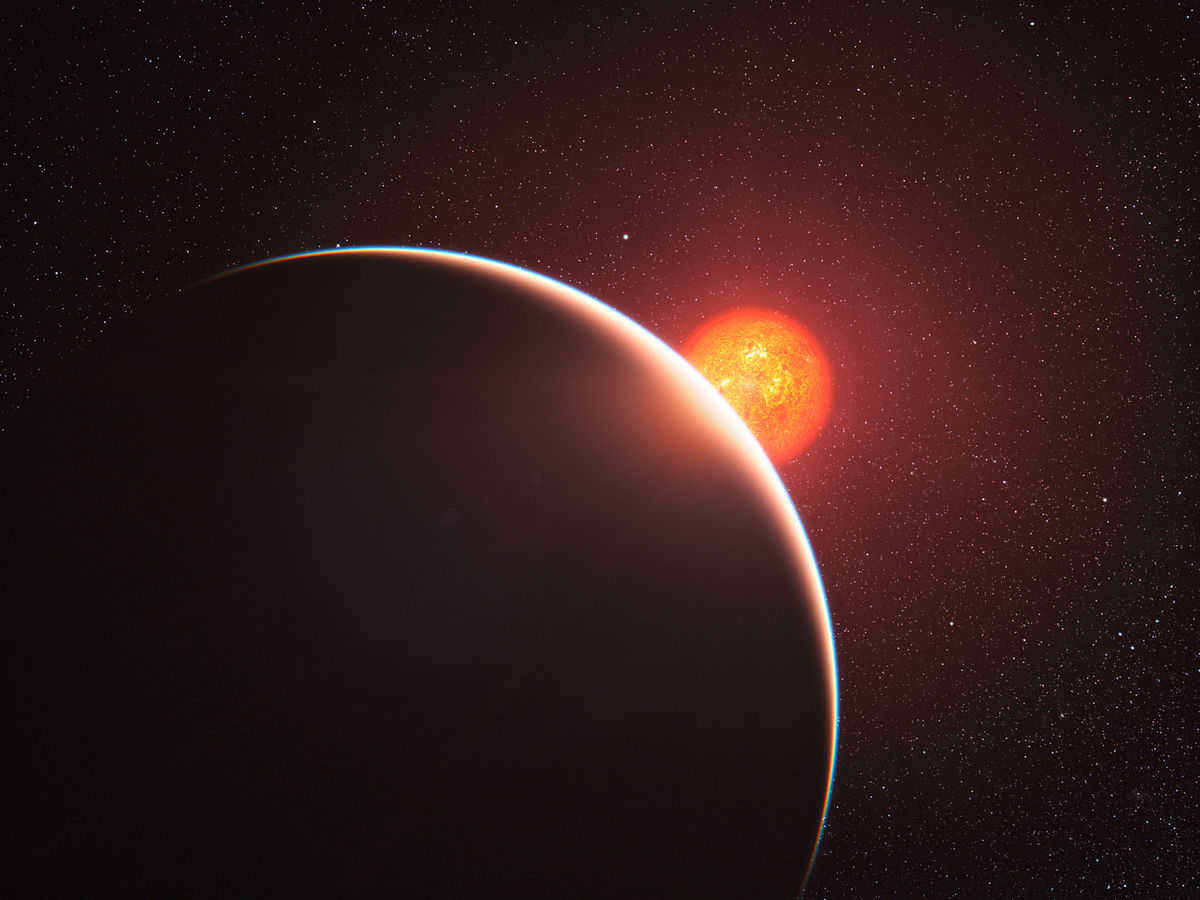
Situated approximately 40 light years away from Earth in the Serpentine constellation, GJ 1214b experiences a year that is equivalent to 36 hours on our planet.
Temperatures on this celestial body can fluctuate between 120 and 280 degrees Celsius. GJ 1214b is 6.5 times more massive and 2.5 times larger in size compared to Earth.
The exoplanet’s atmosphere is composed of a dense vapor containing traces of hydrogen and helium. The unique conditions on GJ 1214b make it unclear how water exists there, but it is believed to have states that are vastly different from those known to us Earthlings. It is possible that this enigmatic planet is home to forms of water such as hot ice or solid vapor.
Metusela
The individual known as Metusela has a unique and intriguing background. Metusela, also known as Methuselah, is a legendary figure mentioned in the Bible and various ancient texts. According to these accounts, Metusela lived for an astonishing 969 years, making him the longest-lived human in history.
Metusela’s story is shrouded in mystery and has captivated the imagination of many. Despite his extraordinary lifespan, little is known about his personal life or the circumstances surrounding his longevity. Some speculate that Metusela possessed a secret elixir of life, while others believe that his long life was a result of divine intervention.
Regardless of the truth behind Metusela’s longevity, his story serves as a reminder of the potential for extraordinary human lifespans. While most people today live significantly shorter lives, medical advancements and lifestyle choices continue to extend the average lifespan. Perhaps one day, humans will unlock the secrets to living as long as Metusela and beyond.
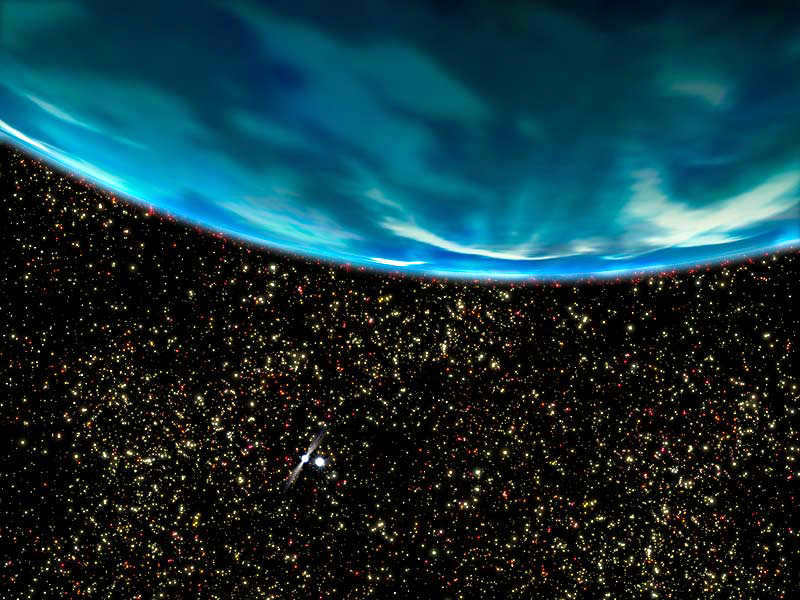
It goes by another name, Methuselah. Situated a staggering 12,400 light years away from our planet Earth, this celestial body is believed to be as ancient as 12.7 billion years! Methuselah is merely one billion years younger than the entire Universe itself.
Previously, the notion of planets of such advanced age was deemed implausible due to the lack of materials in the early universe to form celestial bodies.
However, the peculiarity of Methuselah doesn’t end there. This planet orbits two stars simultaneously, resulting in the possibility of witnessing two sunsets and two sunrises in a single day.
Osiris
Osiris, also known as Usir, is an ancient Egyptian god who was worshipped as the god of the afterlife, the underworld, and rebirth. He was one of the most important deities in the Egyptian pantheon, and was often depicted as a mummified pharaoh wearing the Atef crown, which symbolized his role as the king of the afterlife.
Osiris was believed to have been the first pharaoh of Egypt and the bringer of civilization. He was married to his sister Isis, who was also his queen and the mother of his son Horus. Osiris was known for his wisdom and his just and fair rule, and he was greatly revered by the ancient Egyptians.
However, Osiris’s life was not without tragedy. According to myth, he was murdered by his jealous brother Set, who dismembered his body and scattered the pieces throughout Egypt. Isis, with the help of other gods, was able to find and reassemble Osiris’s body, and he was resurrected as the lord of the afterlife.
Osiris’s story was deeply symbolic to the ancient Egyptians, representing the cyclical nature of life, death, and rebirth. He was seen as a benevolent and compassionate god who offered hope and guidance to the souls of the deceased as they made their journey into the afterlife.
Today, Osiris continues to be an important figure in Egyptian mythology and is often associated with fertility, agriculture, and the Nile River. His cult was widespread throughout ancient Egypt, and many temples and shrines were dedicated to him. The Festival of Osiris, held annually in his honor, was one of the most important religious events in ancient Egypt.
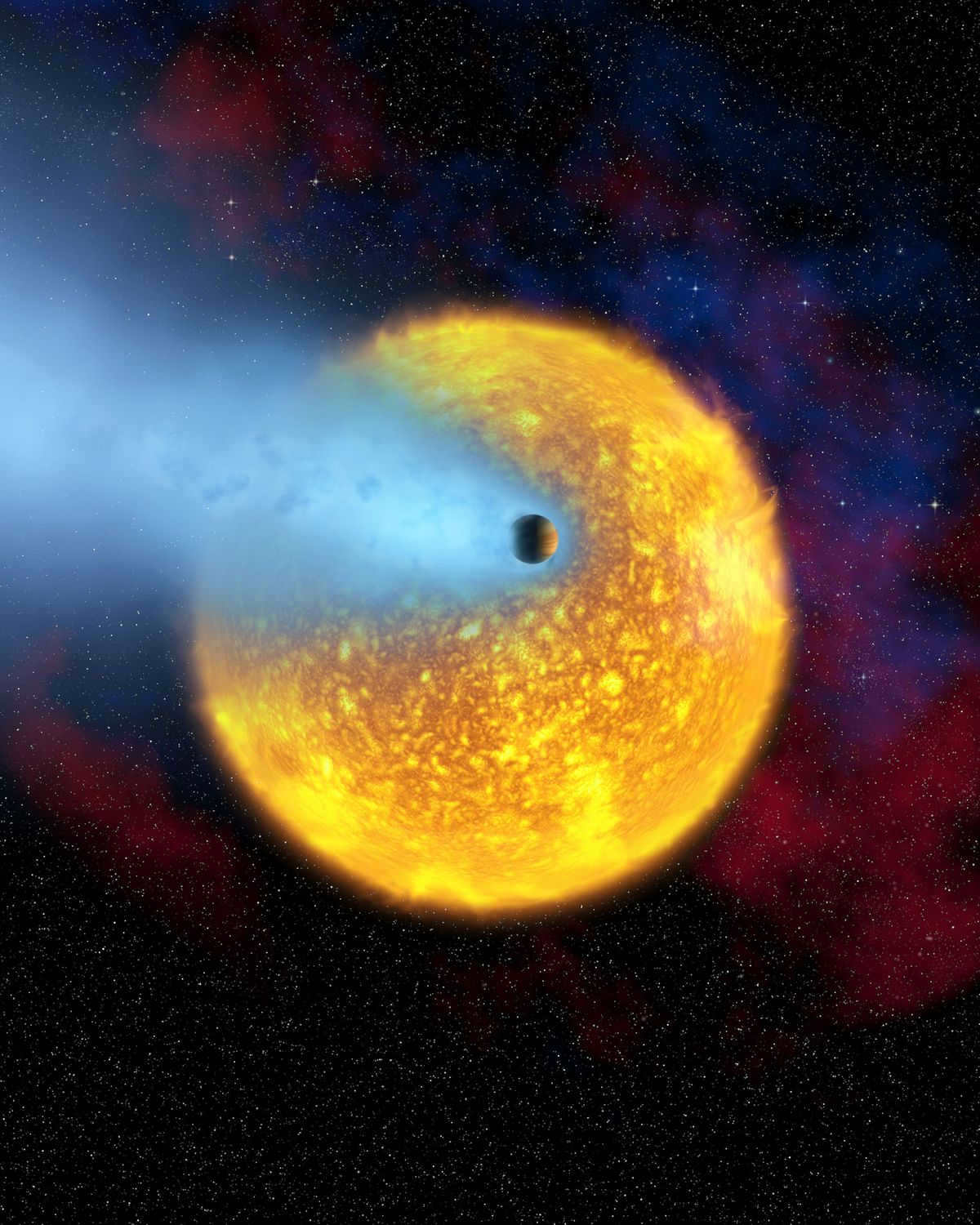
An exoplanet called Osiris was discovered in 1999 and has since become one of the most extensively studied exoplanets in human history. Situated in the constellation Pegasus, it is located 159 light years away from Earth. Osiris is classified as a gas giant and is known for its extreme temperatures, which can reach up to 1,000 degrees Celsius. As a result of these high temperatures, the planet emits a vibrant purple light.
Unfortunately, Osiris is unable to sustain an atmosphere as it vaporizes, leaving behind a trail of hydrogen in space that resembles the tail of a comet. Due to these conditions, it is unlikely for any form of life to exist on Osiris.
Mercury
Mercury is the closest planet to the Sun in our solar system. It is named after the Roman god of commerce, travel, and thievery. Mercury is the smallest planet in the solar system, with a diameter of just 4,879 kilometers (3,032 miles). It is also the second densest planet, after Earth.
Mercury has a very thin atmosphere, composed mainly of oxygen, sodium, hydrogen, helium, and potassium. Due to its proximity to the Sun, the planet experiences extreme temperature variations, with temperatures reaching up to 800 degrees Fahrenheit (427 degrees Celsius) during the day and dropping to -290 degrees Fahrenheit (-180 degrees Celsius) at night.
One of the most distinctive features of Mercury is its heavily cratered surface, similar to that of the Moon. These craters were formed by impacts from asteroids and comets over billions of years. Despite its small size, Mercury has a relatively large iron core, making it the most iron-rich planet in the solar system.
Mercury’s orbit around the Sun is highly elliptical, meaning its distance from the Sun varies greatly throughout its year, which lasts about 88 Earth days. This eccentric orbit also causes Mercury to have the shortest year of all the planets in the solar system.
Scientists have been studying Mercury for many years, but there is still much to learn about this mysterious planet. Missions such as NASA’s MESSENGER spacecraft have provided valuable data and images of Mercury, helping to unravel its secrets and shed light on the formation and evolution of our solar system.
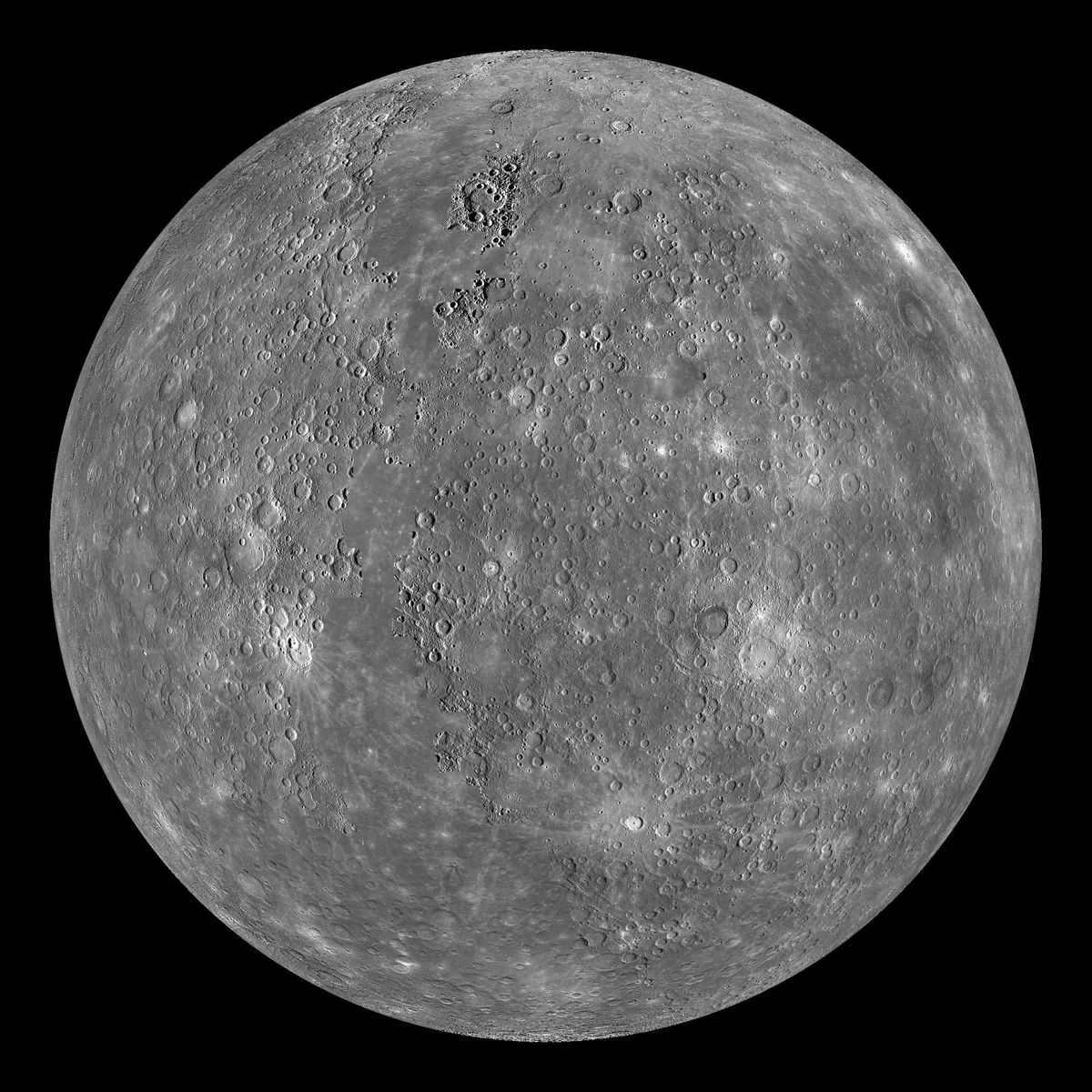
The second smallest planet in our solar system, following Pluto, is Mercury. This celestial body travels across the sky at a much faster pace compared to the other planets, earning its name from the ancient Roman god associated with trade and commerce.
In terms of time measurement, a year on Mercury is equivalent to just 88 days on Earth.
When it comes to physical characteristics, Mercury bears a striking resemblance to our own Moon. Both share similar sizes and exhibit a heavily cratered surface. However, unlike the Moon, Mercury’s surface boasts a distinct graphite color. Furthermore, Mercury’s atmosphere is composed of elements such as oxygen, hydrogen, helium, and potassium.
Regrettably, the extreme temperatures on Mercury make it uninhabitable for life. Daytime temperatures can soar as high as 430 degrees Celsius, while nighttime temperatures plummet to a bone-chilling 180 degrees below zero.
Venus
Venus is the second planet from the Sun, orbiting it every 224.7 Earth days. It has the longest rotation period (243 Earth days) of any planet in the Solar System and rotates in the opposite direction to most other planets.
Venus is named after the Roman goddess of love and beauty. After the Moon, it is the brightest natural object in the night sky, reaching an apparent magnitude of -4.6, bright enough to cast shadows.
Because Venus is an inferior planet from Earth, it never appears to venture far from the Sun: its elongation reaches a maximum of 47.8°. Venus reaches its maximum brightness shortly before sunrise or shortly after sunset, for which reason it has been referred to by ancient cultures as the Morning Star or the Evening Star.
Venus is a terrestrial planet and is sometimes called Earth’s “sister planet” due to their similar size, mass, proximity to the Sun, and bulk composition. It is radically different from Earth in other respects. It has the densest atmosphere of the four terrestrial planets, consisting of more than 96% carbon dioxide. The atmospheric pressure at the planet’s surface is about 92 times that of Earth, or roughly the pressure found 900 m (3,000 ft) underwater on Earth.
Venus is shrouded by an opaque layer of highly reflective clouds of sulfuric acid, preventing its surface from being seen from space. It may have had water oceans in the past, but these would have vaporized as the temperature rose due to a runaway greenhouse effect. The water has probably photodissociated, and the free hydrogen has been swept into interplanetary space by the solar wind because of the lack of a planetary magnetic field.
Venus’s surface is a dry desertscape interspersed with slab-like rocks and is periodically resurfaced by volcanism. As one of the brightest objects in the sky, Venus has been a major fixture in human culture for as long as records have existed. It has been made sacred to gods of many cultures and has been a prime inspiration for writers and poets as the “morning star” and “evening star”.
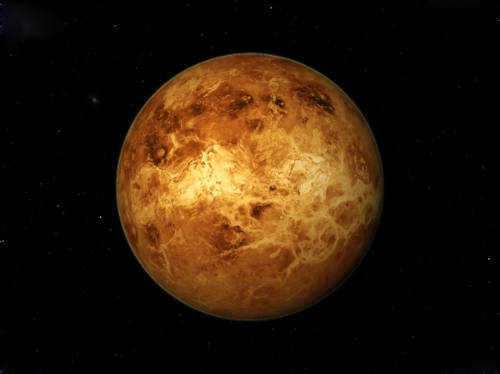
The planet known as Venus, named after the goddess of love, holds the record for being the hottest planet in our entire solar system. This celestial body has captivated the curiosity of ancient civilizations long before the modern advancements in astronomical technology. Venus has been the subject of various myths and legends throughout history.
Interestingly, a day on Venus is longer than its year. Furthermore, Venus has the ability to rotate in retrograde motion, which is associated with significant challenges in matters of love according to astrological beliefs. Another fascinating fact is that Venus can sometimes be visible to the naked eye during daylight due to its extraordinary brightness.
Venus is often referred to as Earth’s sister planet due to their similar sizes. However, unlike Earth, Venus does not experience significant temperature variations. This planet maintains a scorching hot temperature of approximately 460 degrees Celsius.
The Red Planet
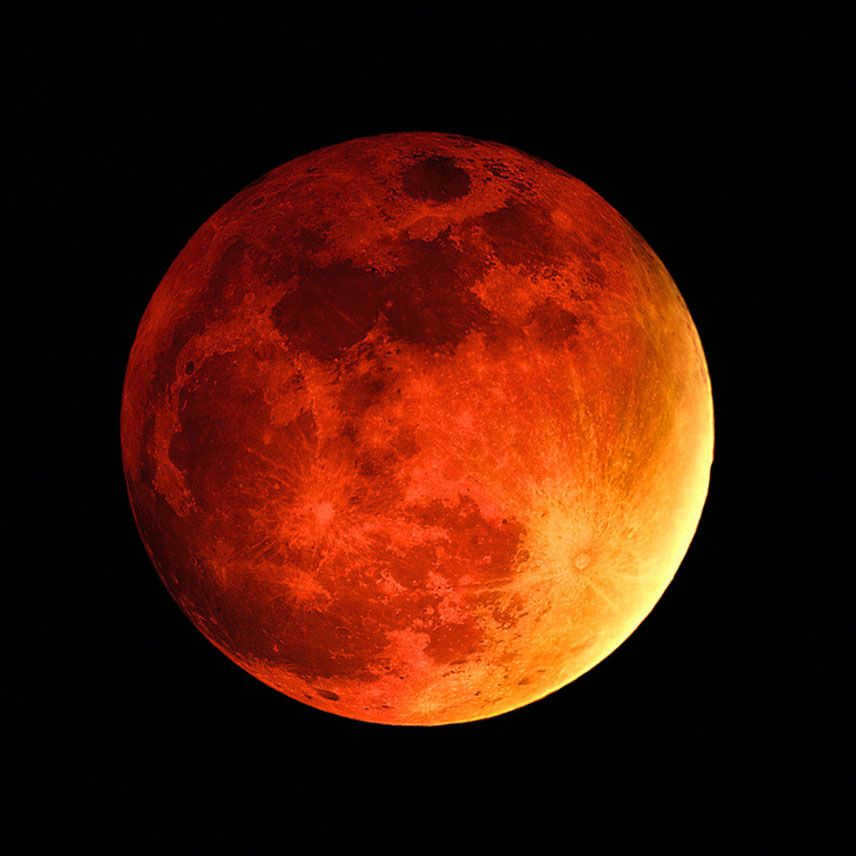
Mars is bigger than Mercury, yet smaller than Earth and Venus. The length of days on the red planet differs from that on Earth by just 39 minutes and 35 seconds.
The temperature on Mars can vary from 25 degrees Celsius to -153 degrees. Considering these factors, Mars is the second most livable planet in our solar system, after Earth, of course.
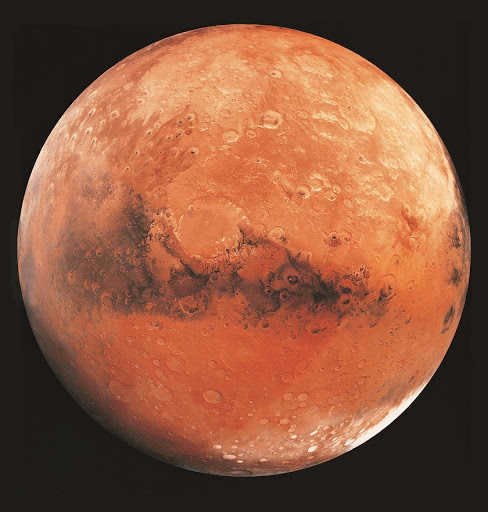
The sunsets on Mars are truly breathtaking. The presence of dust particles in the planet’s atmosphere gives them a unique gray-blue hue.
Mars is home to enormous volcanoes that are on a scale unimaginable on Earth.
The planet Saturn
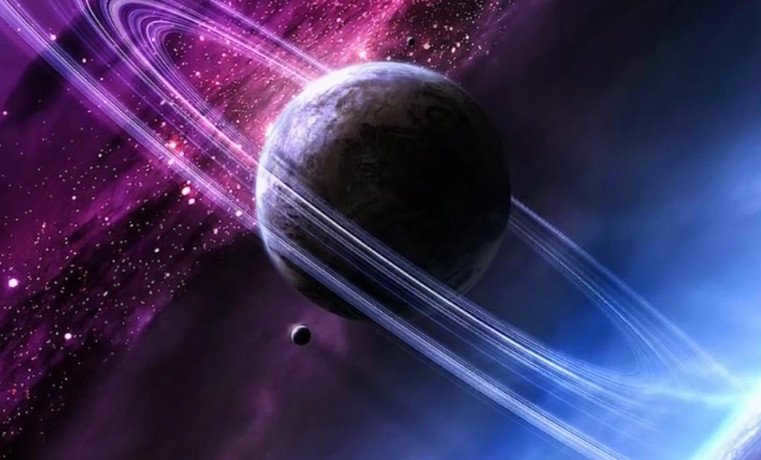
Without a doubt, Saturn, the ruler of the rings, is a truly mesmerizing planet. Its breathtaking beauty can be observed in the night sky without the need for any specialized equipment.
A single orbit around the sun for this grand celestial body is equivalent to a staggering 29.5 Earth years.
The awe-inspiring rings, which serve as Saturn’s crowning glory, are composed primarily of crystallized water ice. These rings possess an intricate and captivating structure, adorned with irregularities and enigmatic foreign objects.
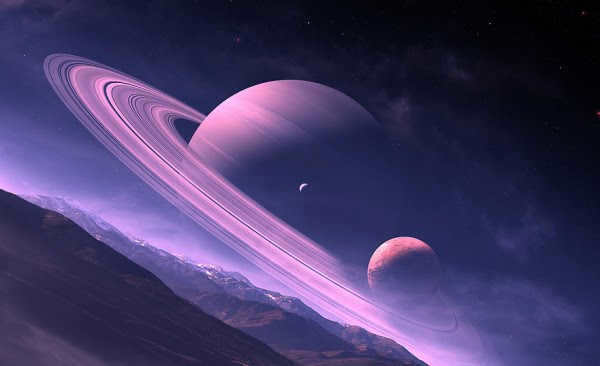
Presumably, Saturn had a moon in the past, and due to its demise, the magnificent Saturn acquired rings.
An outstanding characteristic of this planet is its massive cyclone, known as the Hexagon.
Jupiter
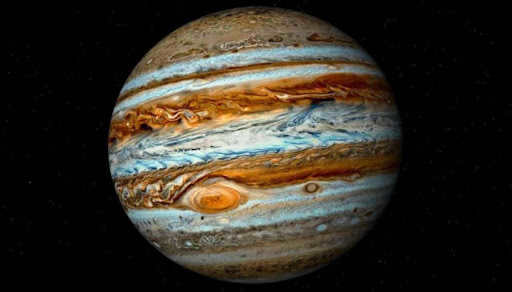
Jupiter is the largest planet in the solar system, making it truly enormous. With a diameter 11 times larger than Earth and a mass 317 times heavier, it dwarfs our home planet. Unlike Earth, Jupiter is a gas giant, consisting mainly of hydrogen and helium without a solid surface.
One of Jupiter’s notable features is its numerous small satellites, often referred to as the “Jupiter family”. Currently, there are 69 known satellites orbiting Jupiter.
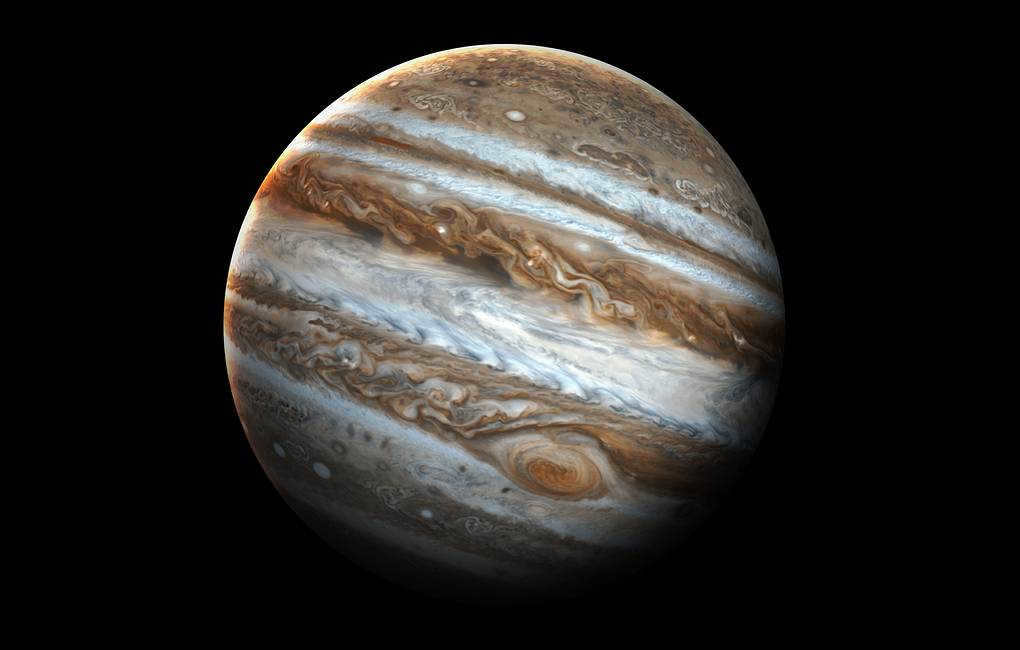
Jupiter is home to a massive storm known as the Great Red Spot, which rages in its atmosphere.
Due to its intense radiation, landing on Jupiter is extremely challenging as it poses a threat to both living organisms and spacecraft that venture near this inhospitable planet.
Pluto
Pluto, formerly considered the ninth planet of our solar system, is now classified as a dwarf planet.
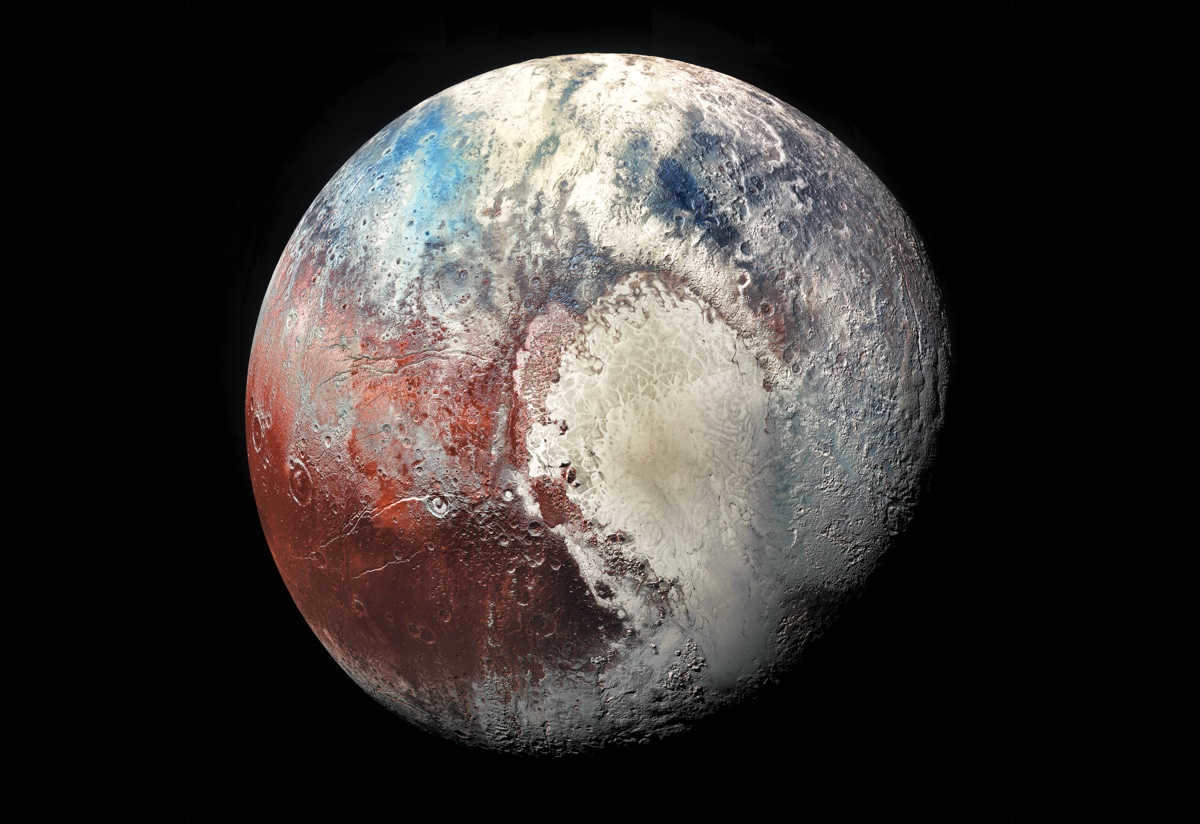
The most “outraged” planet in our Solar System – it is regularly excluded from the planets list and then reinstated. The name of this small planet was bestowed by an 11-year-old schoolgirl – she thought that the name of the god of the underworld was most fitting for this frigid and distant place.
Pluto’s atmosphere is composed of carbon and methane. Out of all the known dwarf planets, only Pluto possesses its own atmosphere.
One orbit around this fascinating and poorly-explored planet is equivalent to 248 Earth years. Pluto is truly incredibly cold. The average temperature on the planet hovers around negative 229 degrees Celsius.
Planet Earth
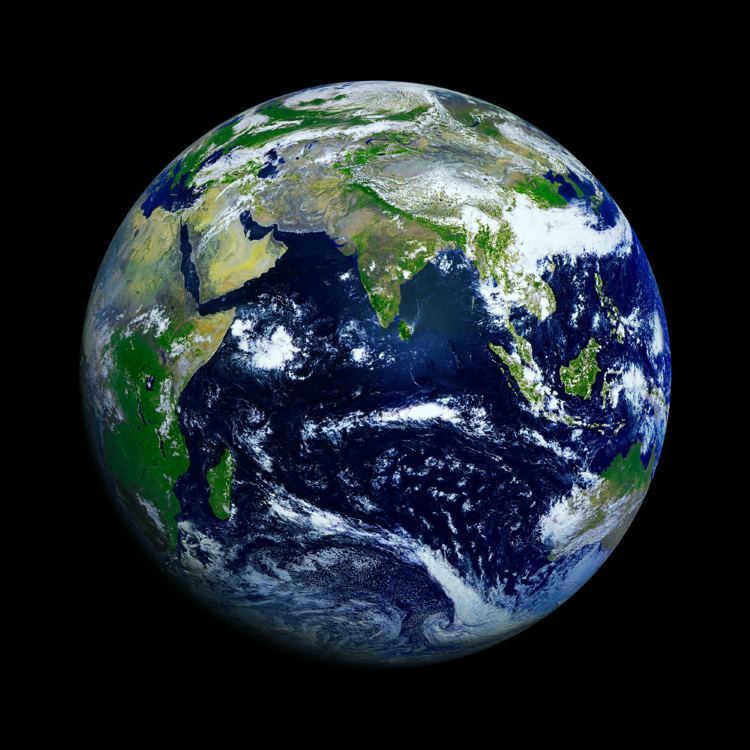
Without a doubt, our home is the most stunning place in the entire cosmos. This celestial body is brimming with an immense array of exquisitely captivating nations, metropolises, seas and oceans, rivers, lakes, and mountains. However, that is not the most pivotal aspect – solely here does existence thrive in all its manifestations, rendering Earth truly awe-inspiring.
The majority of the celestial entity known as Earth is, as peculiar as it may sound, predominantly composed of water. Analogous to the human physique, our planet is approximately 70% water, which is why Earth is aptly referred to as the Blue Planet.

